Arts Management
Arts Management
Hong Kong Fringe Club - Hong Kong
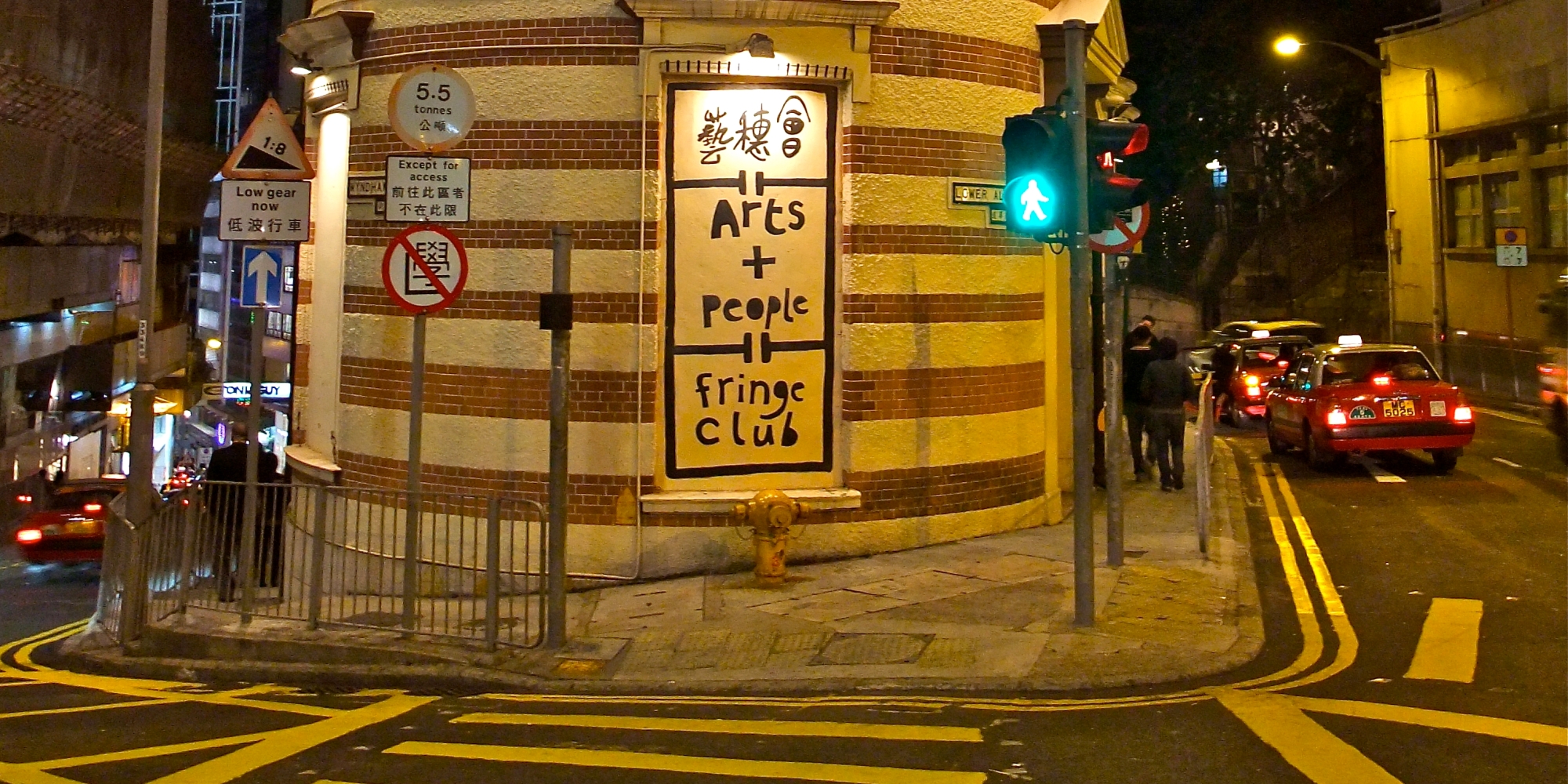
Hong Kong Festival Fringe was established in 1982. It has evolved from an annual Fringe Festival, to a City Festival, and now a Festival Without Walls presenting programs in and outside of Hong Kong. Hong Kong Fringe Club organises bilateral exchange projects, living history enactments, visual arts and theatre productions. Fringe Club is housed in a Grade-1 heritage building, now a landmark in Central Hong Kong. It is recognised in the region as a successful example for adaptive re-use of a heritage building. An arts manager will have the opportunity to work at the Fringe Club based on their past experience and interest.
| Art form/s | Arts Management (visual arts/performing arts/venue operation and Heritage Conservation) |
| Collaborative accepted? | No |
| Preferred host dates | A three month residency is preferred |
| Potential opportunities | To be negotiated |
| Location and transport | City centre; 10 minute walk to supermarket, cafes, restaurants and bars. 8 minute walk from railway station. |
| Facilities | Internet, gallery/theatre, free access to all shows and events in the Fringe Club. |
| Accommodation provided? | No, but the host organisation can assist in sourcing |
| Fees | N/A |
| Partners/ families permitted? | No |
| Website | www.hkfringeclub.com |

Teamwork - Delhi
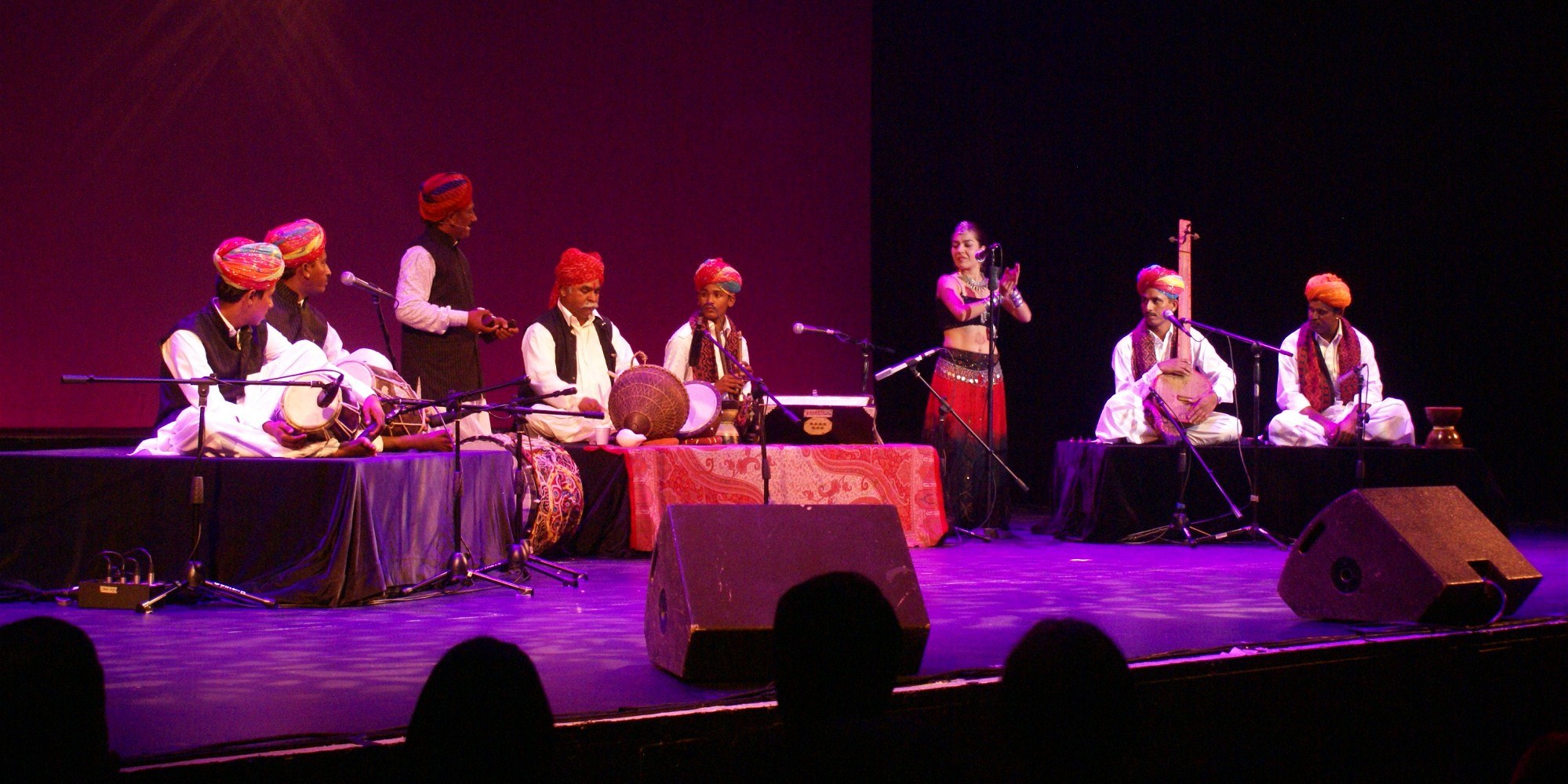
For over 25 years, Teamwork Arts, India's first arts production company, has taken India to the world and brought the world to India. Led by Sanjoy Roy, a true entrepreneur of the arts, who established the company in 1989, and a like-minded leadership team with an artistically inclined temperament. Teamwork Arts has always believed that the arts of India are unrivalled in their depth, diversity and mystery and that it is through the arts that people across continents and cultures can be brought together. Teamwork Arts' mantra thus has been to showcase India's flavourful cultural, artistic and literary corpus to global audiences. We take our artists seriously and nurture age-old, close relationships with them. This has helped us take these 'art ambassadors' across countries such as Australia, Canada, Egypt, France, Germany, Hong Kong, Italy, Israel, Korea, Singapore, South Africa, Spain, UK and USA through our many highly acclaimed performing arts, visual arts and literary festivals.
We also craft the world's largest free literary gathering, the annual ZEE Jaipur Literature Festival, the annual Mahindra Excellence in Theatre Awards (META) and Festival, Mahindra Kabira, Sacred Pushkar and Jazz India Circuit, amongst others. Teamwork Arts has had the honour of organising two prestigious collaborative cultural events at Rashtrapati Bhawan: the finale of the 2016 India Africa Summit and the Indo-ASEAN Commemorative Summit 2012.
| Art form/s | Arts Management |
| Collaborative permitted? | Yes |
| Preferred host dates | October - March as Teamwork hosts seven festivals in India during this period. Unless in the case of extreme circumstances, dates cannot be changed once confirmed, as this is too disruptive to the hosts schedule. (Please note Asialink residencies must take place between 1 March - 31 December). |
| Potential opportunities | To be negotiated |
| Location and transport | Sultanpur on Mehrauli - Gurgaon Road, New Delhi. Shops are located next door. Taxi, three-wheeler and metro station 5 mins away. |
| Facilities | Internet, office space |
| Accommodation provided? | No, but the host organisation can assist in sourcing |
| Fees | N/A |
| Partners/ families permitted? | Yes |
| Website | www.teamworkarts.com |

Ubud Writers & Readers Festival (UWRF) - Bali
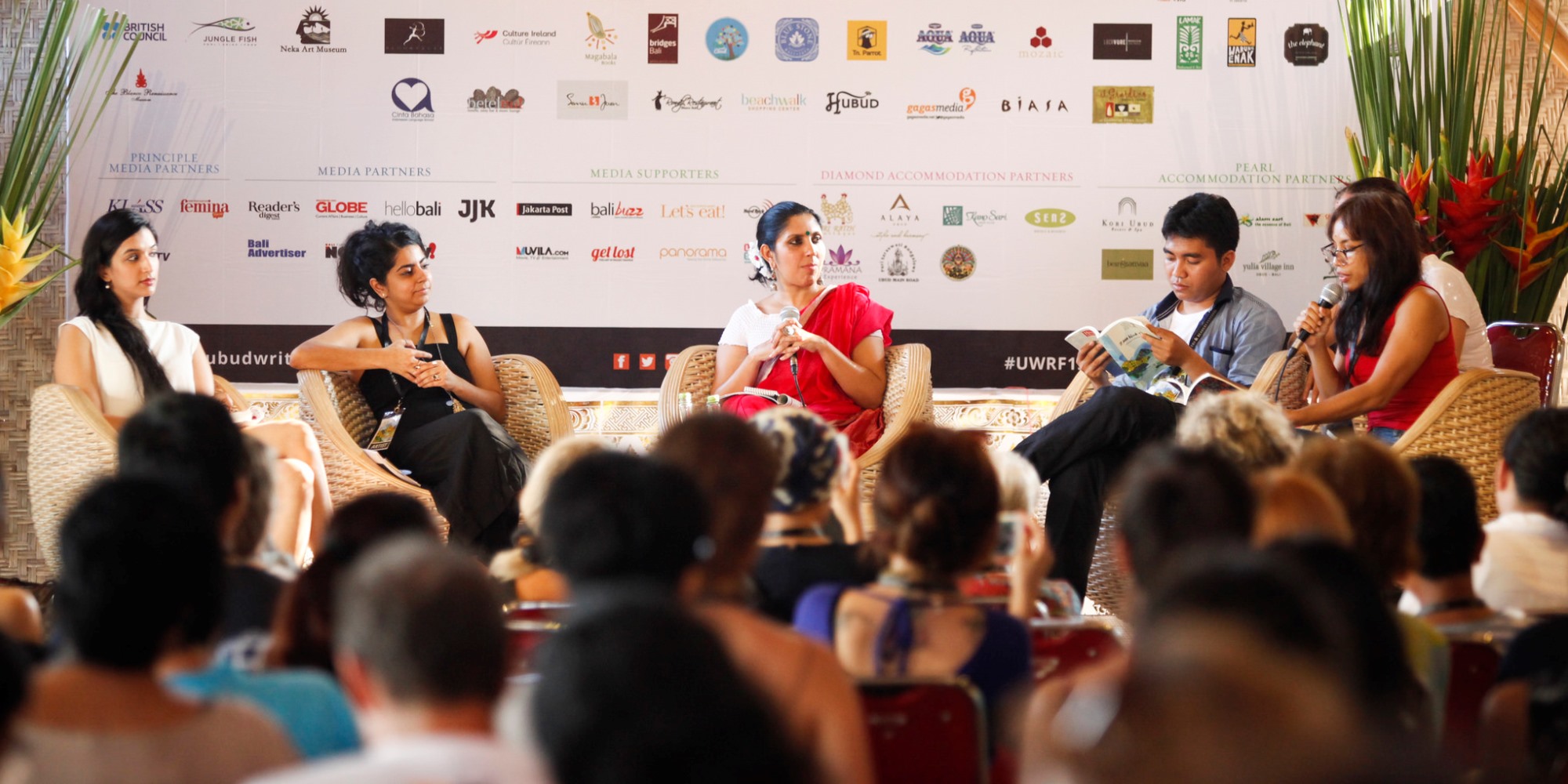
Held annually in Ubud, Bali's artistic and cultural heartland, the Ubud Writers & Readers Festival (UWRF) has become Southeast Asia's largest and most renowned cultural and literary event. While a writers' festival at its heart, the UWRF also encompasses a broad program of visual arts, music, performance, and community projects, creating a world-class festival that celebrates extraordinary stories across art form and amplifies brave voices, global issues and big ideas. This residency offers an Arts Manager a unique opportunity to work with a cross-cultural creative team in a festival that combines an internationally recognised program with a community-building mission. The successful resident should be available for a three month residency between August-November.
| Art form/s | Arts Management (writing) |
| Collaborative permitted? | Yes |
| Preferred host dates | August – November to coincide with the Festival dates |
| Potential opportunities | Ubud offers over 200 public programs during the festival as well as a festival satellite program. |
| Location and transport | Ubud central city; shops within walking distance. Motorbike taxi, taxi, local bus, scooter and pushbike hire all nearby |
| Facilities | Internet, translation/language service, gallery/theatre |
| Accommodation provided? | No, but the host organisation can assist in sourcing |
| Fees | N/A |
| Partners/ families permitted? | Yes |
| Website | www.ubudwritersfestival.com |
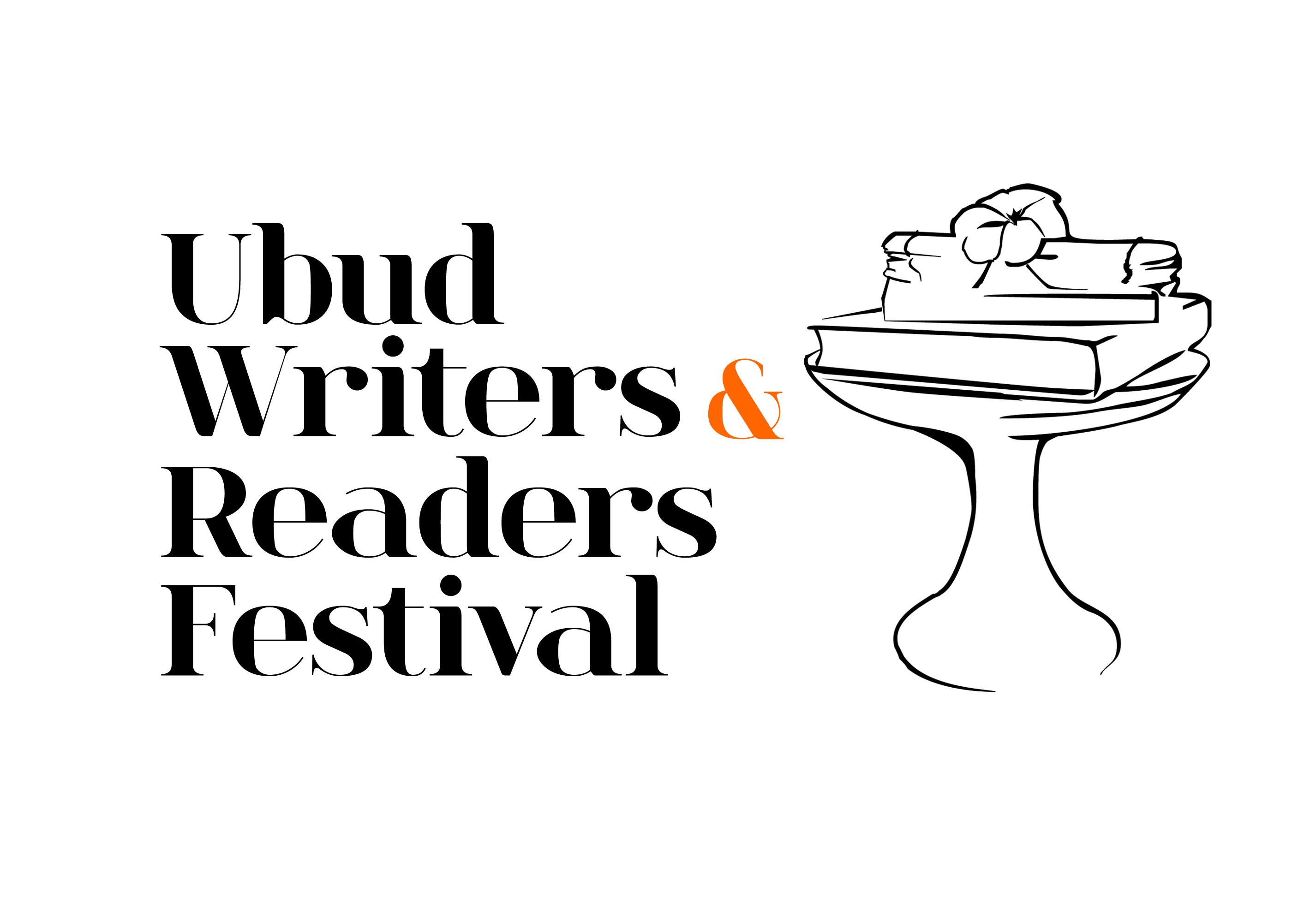
Hong Kong Arts Centre
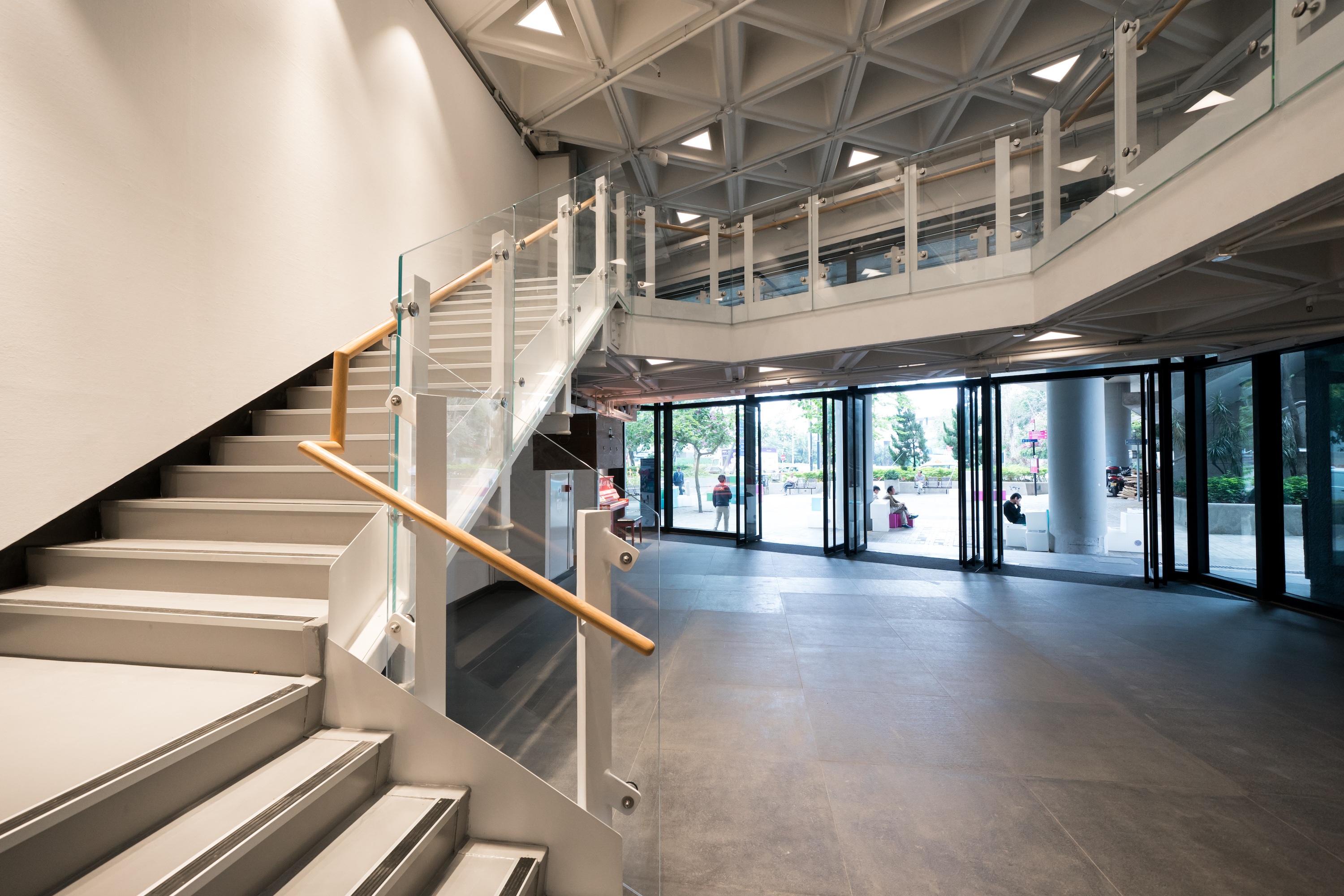
Hong Kong Arts Centre - The relevant destination for arts and creative inspirations in Hong Kong.
HKAC is a multi-arts centre that fosters artistic exchanges locally and internationally, bringing the most forward creations to Hong Kong and showcasing homegrown talents abroad.
HKAC stimulates innovation and promotes creativity. Being Hong Kong's only independent non-profit multi-arts institution, HKAC offers exhibitions, screenings and performances, connecting the arts of Hong Kong to the rest of the world through programmes and collaborations.
Come to HKAC to experience, appreciate, learn and be inspired by the arts.
| Art form/s | All artforms |
| Collaborative permitted? | Yes |
| Preferred host dates | All year round (except only April or August for performing arts) |
| Potential opportunities | Introductions to industry contacts and networks. Assistance from staff in realising residency goals. |
| Location and transport | Hong Kong Arts Centre is located in the centre of the city, close to supermarkets, shops and public transport. |
| Facilities | Internet; Performance Space; Outdoor spaces for site-specific works; Library/archive/research resources. |
| Accommodation provided? | The host will assist in sourcing suitable off-site accommodation. |
| Fees | No |
| Partners/ families permitted? | No |
| Website | http://www.hkac.org.hk/en/index.php |

Kriti Gallery & Residency - Varanasi
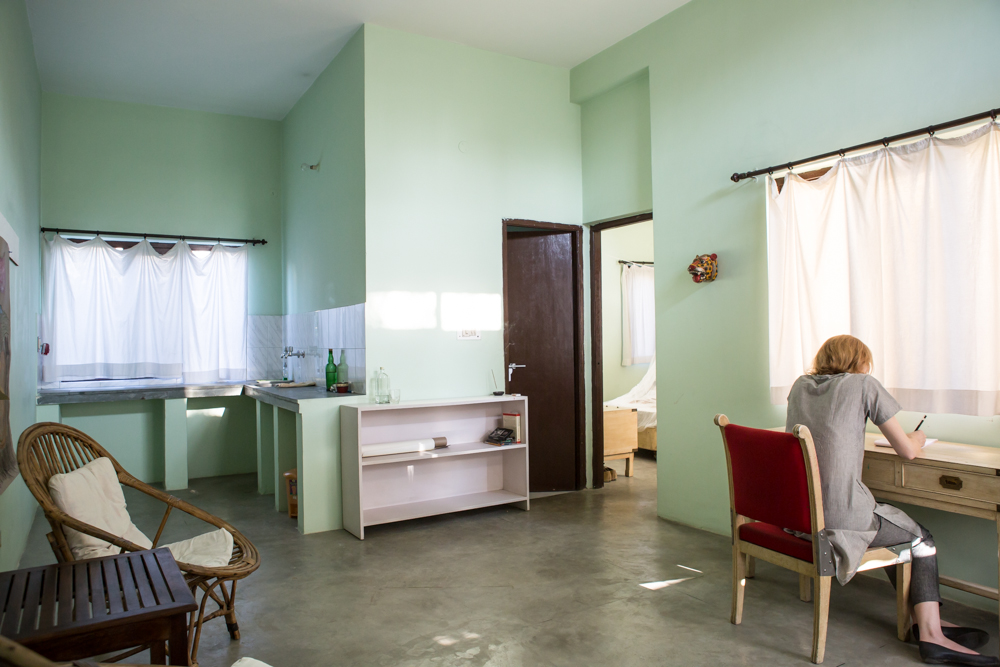
Kriti Gallery & Artist Residency welcomes artists, scholars, writers, creative individuals and social activists from all fields to interact with one of the oldest living cities and the Indian arts and culture. The vision is to cultivate a platform for an ongoing cultural exchange across all media. Traditional or contemporary, arts of crafts, heritage and history, social or spiritual projects find their support and home at Kriti.
| Art form/s | Artists of all media, scholars, writers, creative individuals and social activists. All fields of arts, crafts and research topics. |
| Collaborative permitted? | Yes, availability based on available space. |
| Preferred host dates | Open from August through end of May. Closed in June and July due to summer break. |
| Potential opportunities | Research and study of Indian culture, arts, crafts and heritage. Collaborations with local artists, crafts communities and educational institutions e.g. Banaras Hindu University, local schools, NGOs. Possibility to host exhibitions, workshops, projects, performances and public events. Project assistance e.g. translation services, guided field trips etc. |
| Location and transport | In the city of Varanasi about 3km to the river Ganges and old town; facilities in walking distance. Motorcycles, auto rickshaws and taxis are available on the doorstep. |
| Facilities | Outdoor working space. Navneet the founder and Curator is living on the campus. Working studios e.g. pottery, silk weaving, metal workshop can be coordinated off the campus on costs base. Accommodation and food is provided. |
| Accommodation provided? | Stay: Four 2-room studios and one 1-room studio including private bathroom with hot/cold water, bedroom with AC/fan, workroom with fan. Food: Monday-Saturday home cooked vegetarian lunch and dinners, provisions for self-made breakfast, self-cooking and filter water, snacks/fruit are provided. On campus: Wifi, garden, use of washing machine, 24x7 host heritage walk on arrival, airport pickup. |
| Fees | 90.000 INR plus 8% tax for 2 room studio and food 65.000 INR plus 8% tax for 1 room studio and food - at single occupancy. |
| Partners/ families permitted? | Yes, for the 2-room studios. A daily contribution for food applies. |
| Website | www.kritigallery.com |
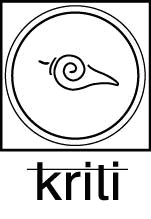
Sanskriti Foundation - New Delhi
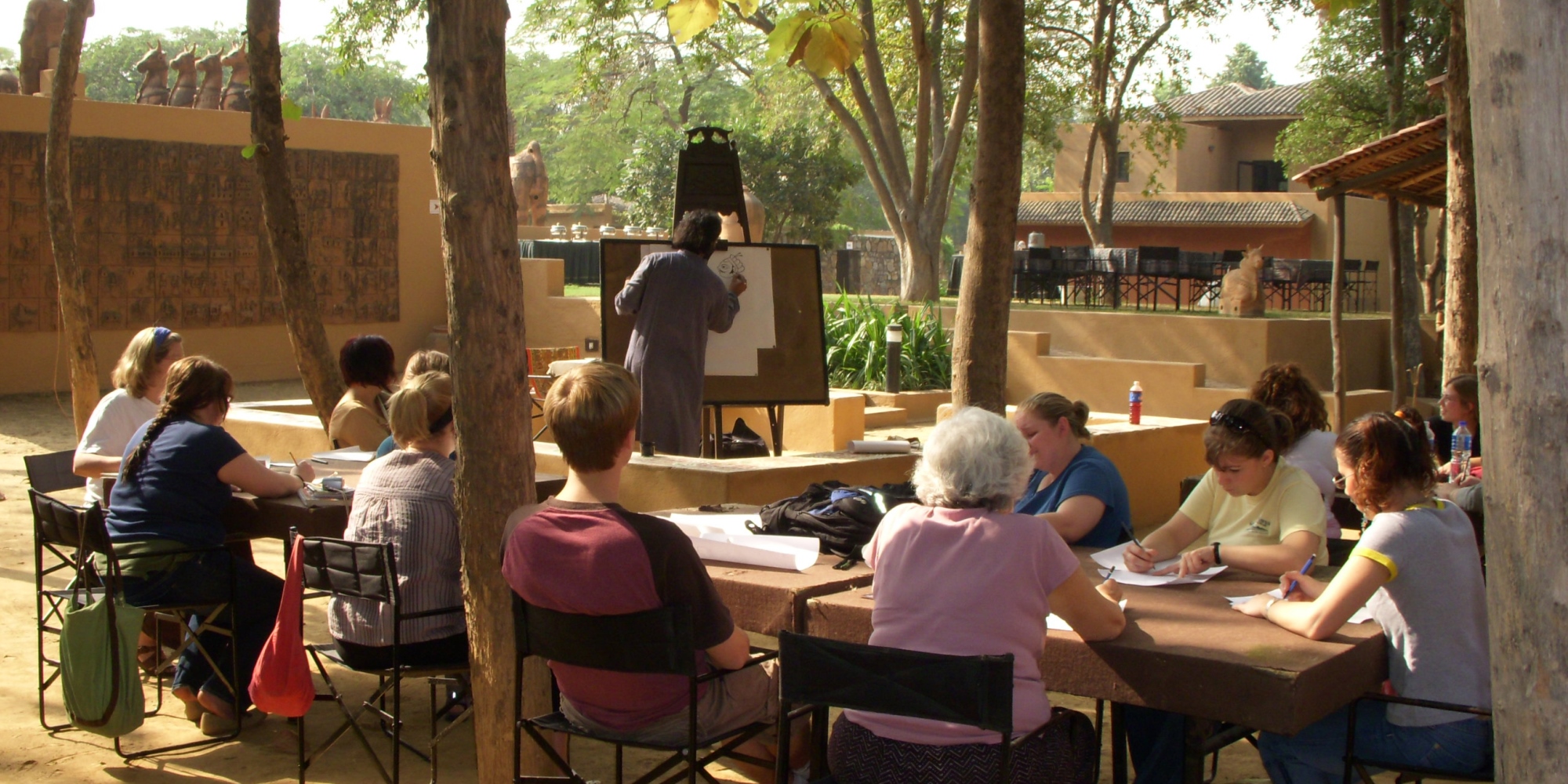
The purpose of Sanskriti Foundation is to cultivate an environment for the preservation and development of the artistic and cultural expressions of India and of the world as a whole. Established in 1978, Sanskriti Foundation is a registered Public Charitable Trust based in New Delhi, India. Sanskriti perceives its role as that of a catalyst, in revitalizing cultural sensitivity in contemporary times. The Foundation aims to create an understanding and appreciation of Indian traditional arts and culture, and support artists, writers, scholars and creative individuals to strengthen their practice.
| Art form/s | Visual Art, Performing Art, Writing, Arts Management |
| Collaborative permitted? | Yes |
| Preferred host dates | January to April (please note, May can be oppressively hot) and September to December. |
| Potential opportunities | Sanskriti acts as a facilitator for residents and connects them with local practitioners and experts, such as academics, artisans, craftspeople, contemporary artists and textiles experts. |
| Location and transport | Sanskriti is located in the city. Metro and bus within 700 metres, shops within 2km. |
| Facilities | On site accommodation (air-conditioned), Private studio/work space, Shared studio/work space (air-conditioned), Internet, Gallery space, Performance space, Outdoor spaces for site-specific works, Library/archive/research resources, On site food/meals, Laundry, transport to and from airport. |
| Accommodation provided? | Private bathroom, Common kitchen, Separate living/working space, Shared living/working space. |
| Fees | Board and three meals a day approx. USD$65 + 18% tax per person per day. |
| Partners/ families permitted? | No |
| Website | http://www.sanskritifoundation.org |
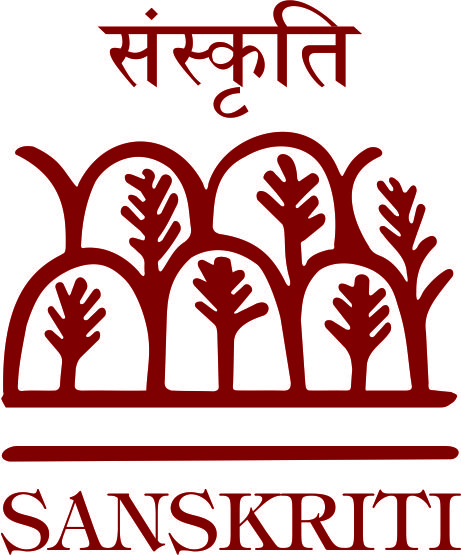
Komunitas Salihara - Jakarta
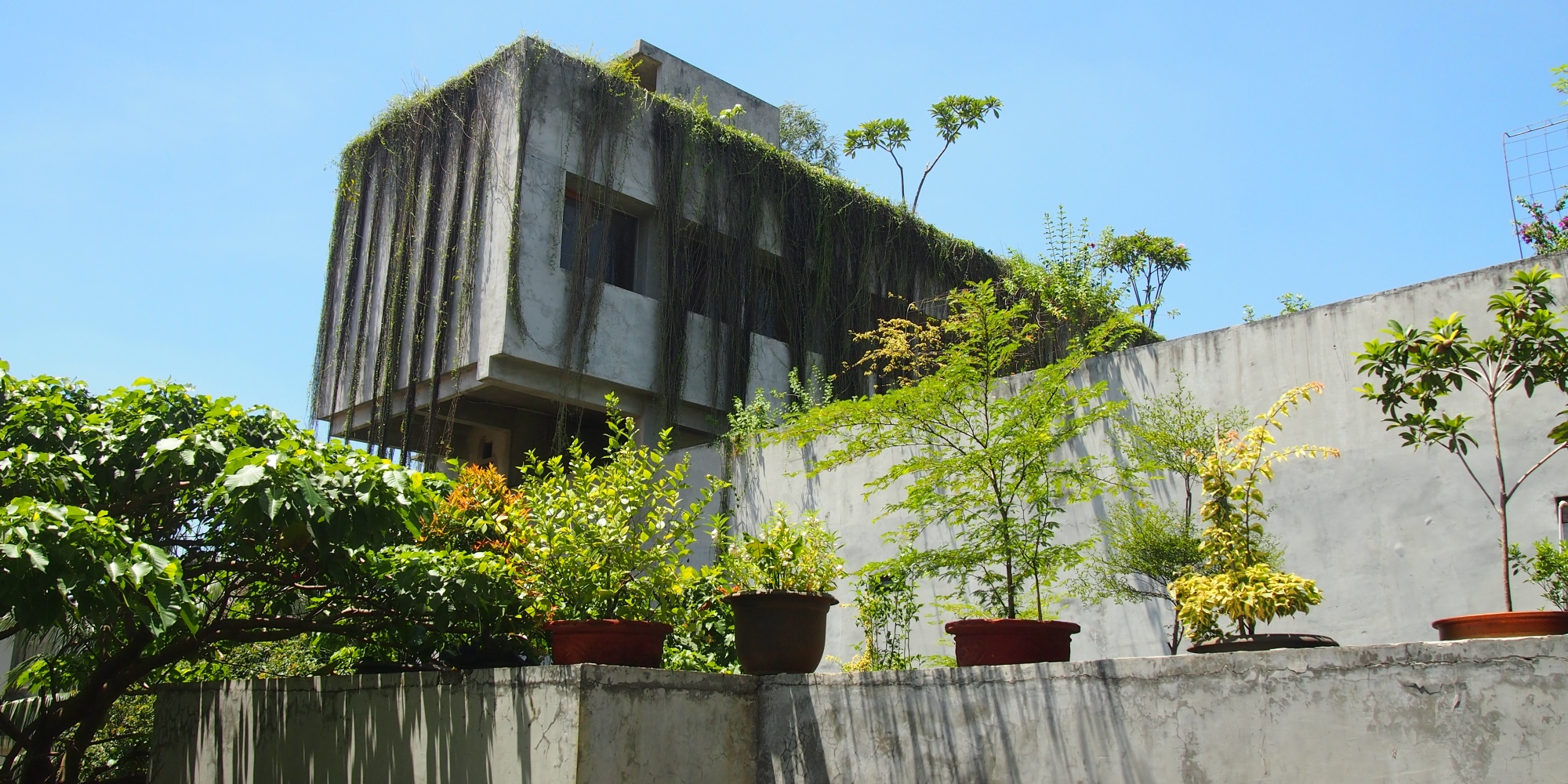
Komunitas Salihara is the first privately-owned multidisciplinary arts and cultural center in Indonesia. Their vision is to maintain freedom of thought and expression, respect differences and diversity, and to foster artistic and intellectual resources. Komunitas Salihara gives priority to new arts and invites audiences to support this innovation. The organisation hosts 'Festival Salihara', a biannual arts event showcasing dance, theatre, music and visual arts by Indonesian and international artists. The complex features a black box theatre, art gallery, lounge, open-air theatre, dance and music studios, art store and café.
| Art form/s | Visual Arts, Performing Arts, Writing and Arts Management |
| Collaborative permitted? | Yes |
| Preferred host dates | August - October to coincide with Festival Salihara which is held biannually from mid-September to the end of October. |
| Potential opportunities | Participation in public programs such as discussions, readings, lectures, and some free-of charge performances/programs. |
| Location and transport | Located in the city. A five minute walk to supermarket/shops. Small car, commuter train and bus nearby. |
| Facilities | Internet, shared studio/work space; gallery and performance space; outdoor spaces for site specific works; library/archive/research resources; on site food/meals. |
| Accommodation provided? | On site accommodation with shared bathroom and living/working space. |
| Fees | Yes. Accommodation is 1,500,000 IDR per week, food is 150,000 IDR per day. |
| Partners/ families permitted? | Yes to partner, but accommodation is not provided. No family/children. |
| Website | www.salihara.org |

Common Room Networks Foundation - Bandung
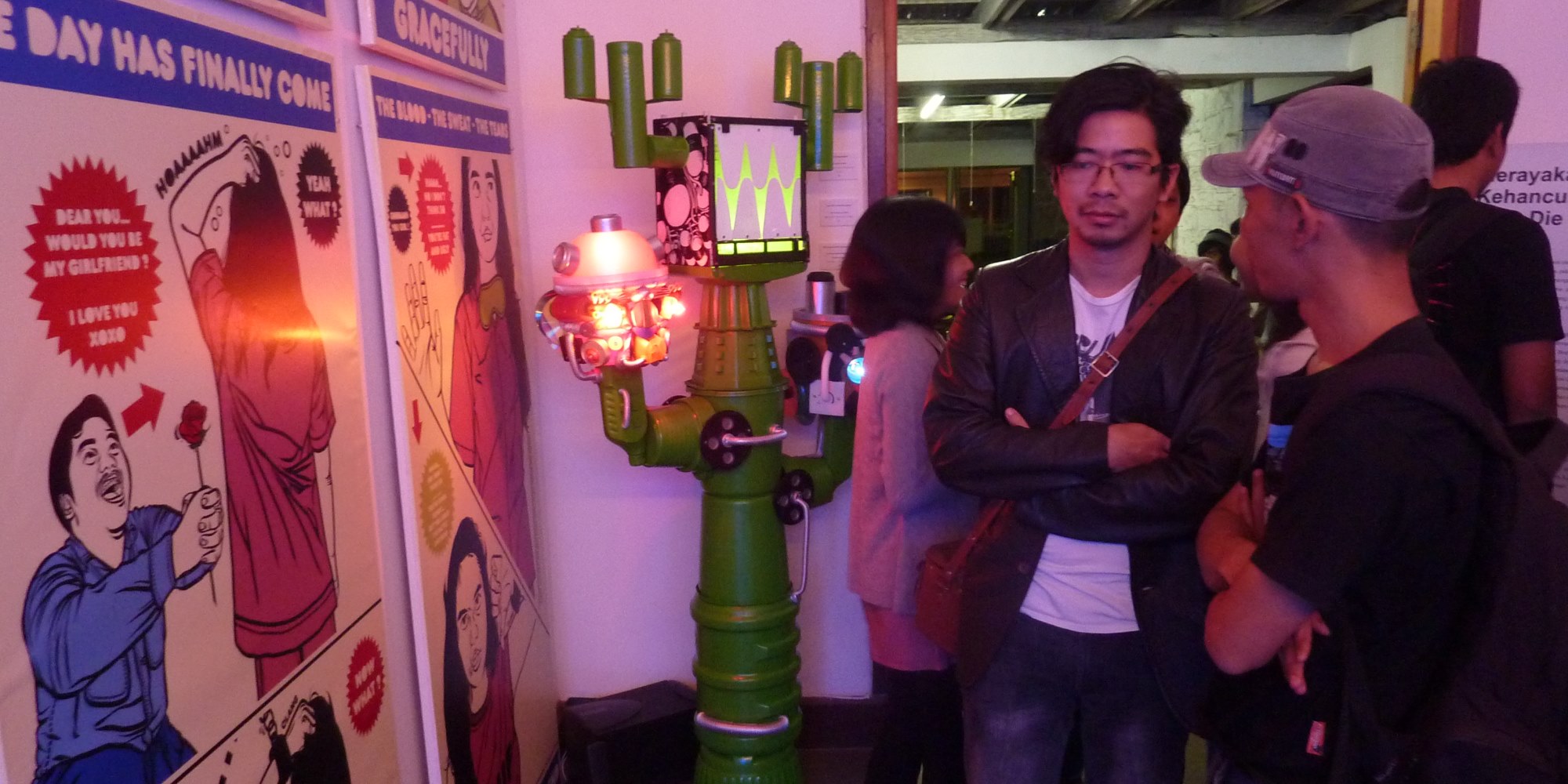
Common Room Networks Foundation (Common Room) is an open platform for art, culture and media. Initially established as a project led by Bandung Centre for New Media Arts in 2001, Common Room has evolved into a not-for-profit organisation which promotes creativity, facilitating multidisciplinary dialogue and collaboration. Activities include exhibitions, workshops, discussions, screenings, festivals, as well as public participatory projects and activities.
| Art form/s | Visual Arts, Performing Arts, Writing and Arts Management |
| Collaborative permitted? | Yes |
| Preferred host dates | July – December (Common Room collaborates with many other cultural organisations, the timing of the residency can be negotiated to align with the most suitable festival or international programming). |
| Potential opportunities | Participation in public discussions, workshops, presentations and festivals. Residents are encouraged to give lectures at local schools and/or universities. |
| Location and transport | Located near CBD. Supermarket/shops nearby. Angkot (minibus) is available. |
| Facilities | Shared studio/work space, internet, performance space, library/archive/research resources. |
| Accommodation provided? | No, but the host can help source a suitable place to stay. The host will need at least a month notice if they need to make accommodation arrangements. |
| Fees | Yes. Studio: 6,000,000 IDR per month. Technical & logistical support: 3,000,000 IDR per month. Administration fees 3,000,000 IDR per month. |
| Partners/ families permitted? | Yes |
| Website | http://commonroom.info |

BankART1929 - Yokohama
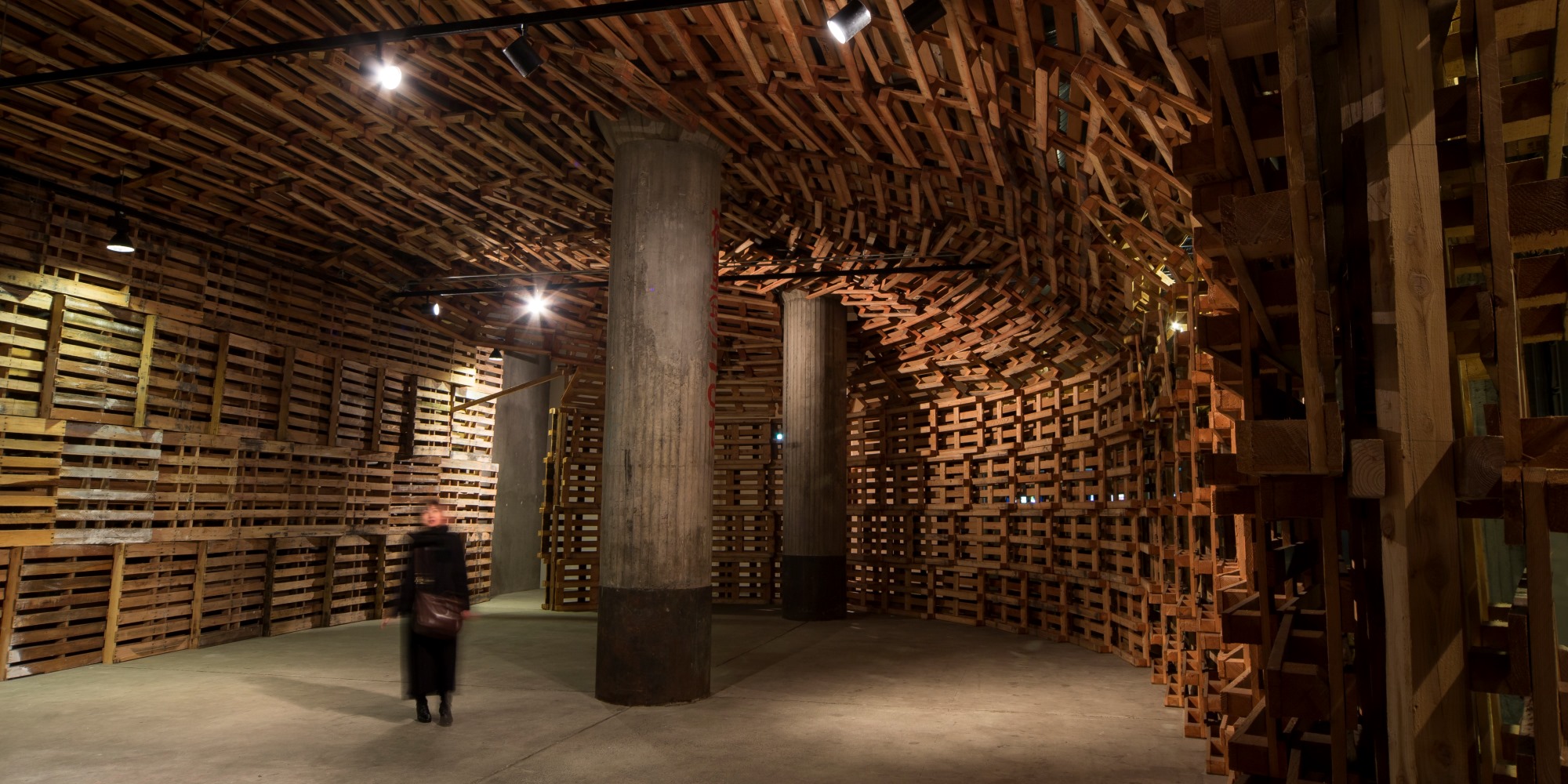
BankART1929 was established in 2004 as a non-profit organization designed to utilize refurbished historical buildings for the development of contemporary culture and arts in Yokohama City. The organisation currently runs BankART Studio NYK, a renovated former warehouse which coverers approx. 3,000 square metres.
BankART1929 actively pursues hundreds of programs per year, operating studio spaces, planning and organizing art courses, running the bookshop and producing its contents, as well as organizing exhibitions and providing coordinator services. The art forms presented range from fine arts, architecture, theatre and dance to music and more. These activities are not only conducted within the BankART building but also in its surrounding neighbourhood.
| Art form/s | Visual Arts, Performing Arts, Arts Management, Writing |
| Collaborative permitted? | Yes |
| Preferred host dates | N/A |
| Potential opportunities | Welcome party, artist talks |
| Location and transport | Located in the metropolitan area, a few minutes walk to supermarket/shops, accessible by bicycle |
| Facilities | Private studio/work space, shared studio/workspace, internet, communication facilities, translation services, gallery space, outdoor spaces for site specific works, library/archive/research resources, on-site food/meals |
| Accommodation provided? | Off-site accommodation with private bathroom, private kitchen, separate living/working space |
| Fees | Accommodation is provided by BankART1920. Therefore successful residents to BankART1929 will receive up to $9,000 for three months from Asialink. |
| Partners/ families permitted? | Yes - accommodation for partners/families negotiable |
| Website | http://www/bankart1929.com/ |
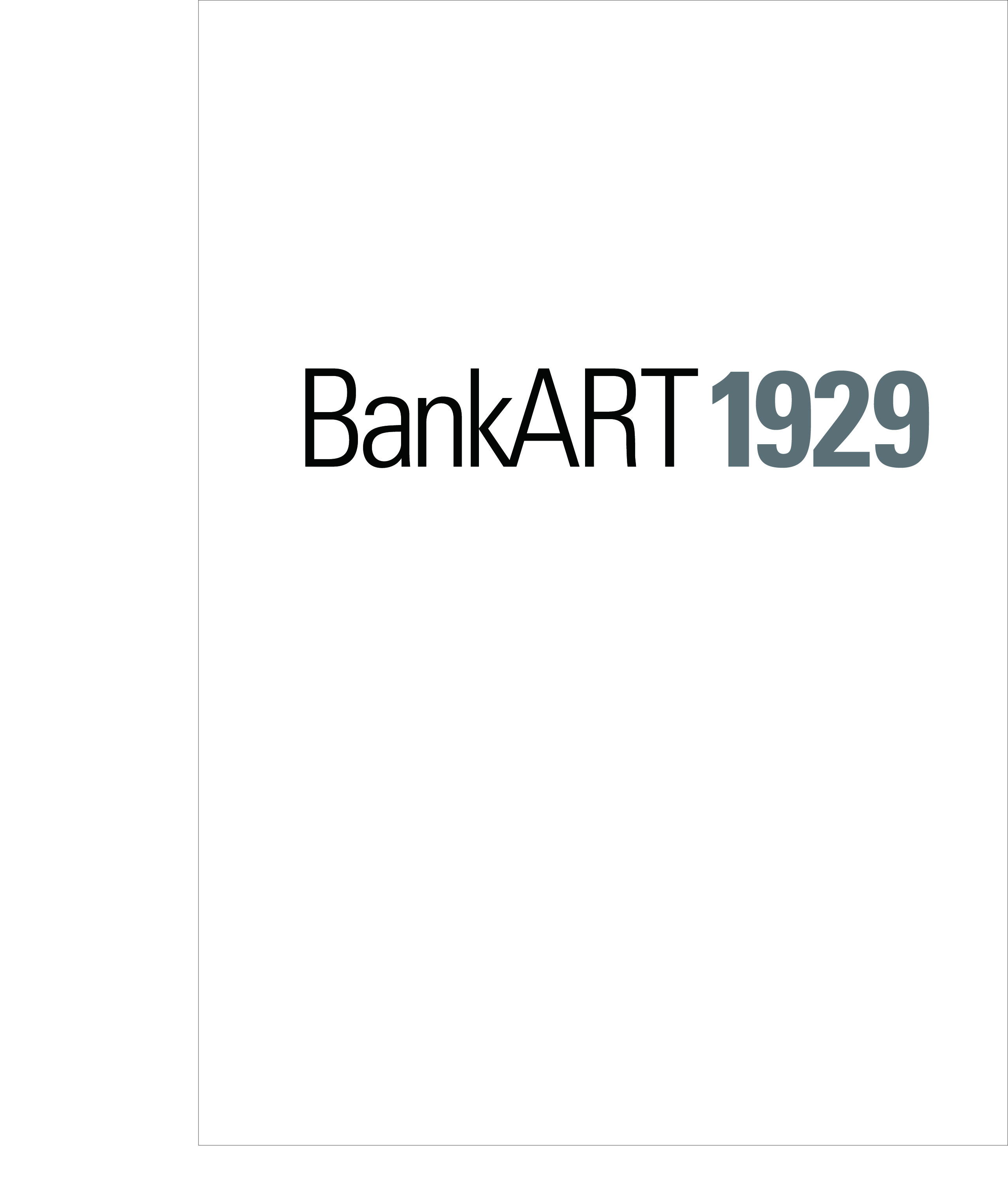
Youkobo Art Space – Tokyo
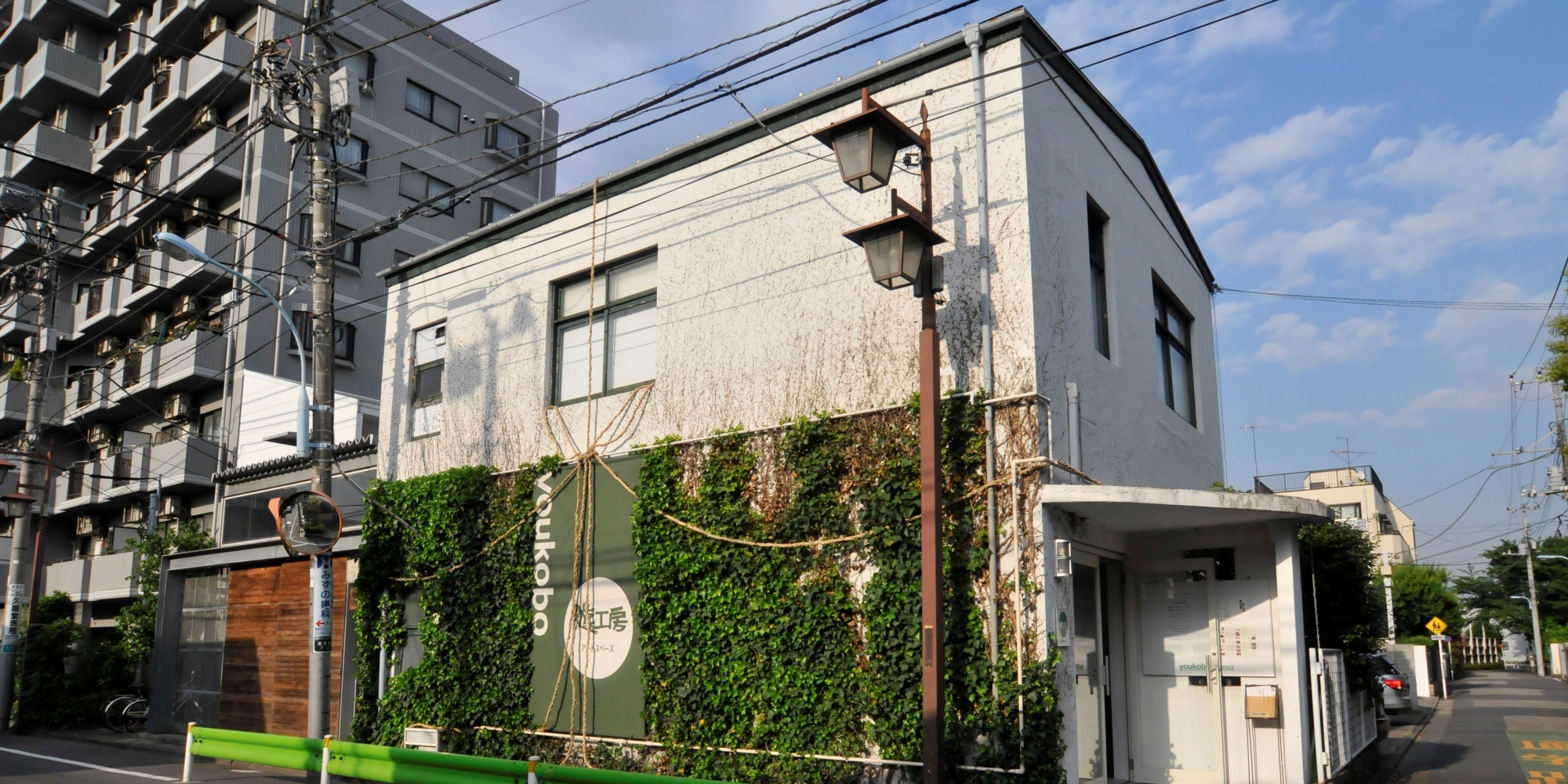
Based in Tokyo with over 28 years of experience of hosting international artists, Youkobo has developed a unique residence program focused on supporting the creative activities of its participants.
While providing an environment conducive to work in the studio, Youkobo has become a vital platform for exchange between artists of different backgrounds and genres through its residency and gallery program. At the same time, it provides opportunities for engagement with the local community and wider art scene through an extensive domestic and international network.
The Youkobo Artist Residency Program aims to give participating artists, curators, and researchers an enriching experience in the realization of their projects/research in Japan. In recent years, Youkobo is also working to develop exchange schemes with art universities in support of recent graduates.
Participants are selected based on the strength of their proposals and its suitability to the Youkobo facilities, as well as the quality of previous work.
| Art form/s | Visual Arts, Performing Arts, Writing, Arts Management |
| Collaborative permitted? | Yes |
| Preferred host dates | March and April 2019 (max. 2 months) |
| Potential opportunities | Open studios, exhibitions, artists talks, engagement with other artists, introduction to local industry contacts and networks. |
| Location and transport | 30 minutes by bus and train to central Tokyo, 5 minutes to supermarket, stores and restaurants. Bus stop is next to the art space, 15 minutes walk to train station. Bicycles are available to artists. |
| Facilities | Internet, private studio/work space, library/archive/research resources, exhibition equipment. |
| Accommodation provided? | Yes - with private bathroom, private kitchen, separate living/working space. |
| Fees | AIR-3 (200,000 yen per month for studio and accommodation, inclusive of utility fees) will be provided to the successful Asialink applicant. This space is best suited to creative artists who wish to undertake research and create a new body of work. The generous studio space can also serve as an exhibition space at the end of the residency, should the applicant wish to do so. See website for further details. |
| Partners/ families permitted? | Yes to both - additional futons available in a shared room. Surcharge applies for accommodation of guests other than the applicant. |
| Website |
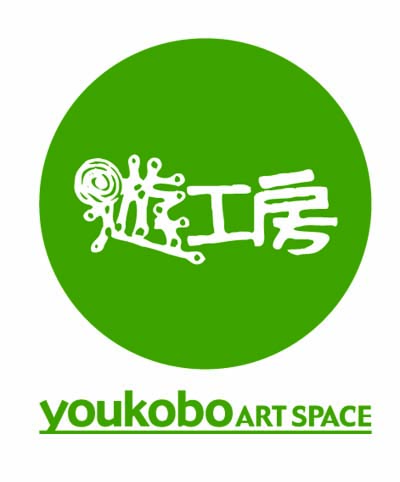
Sapporo Tenjinyama Art Studio
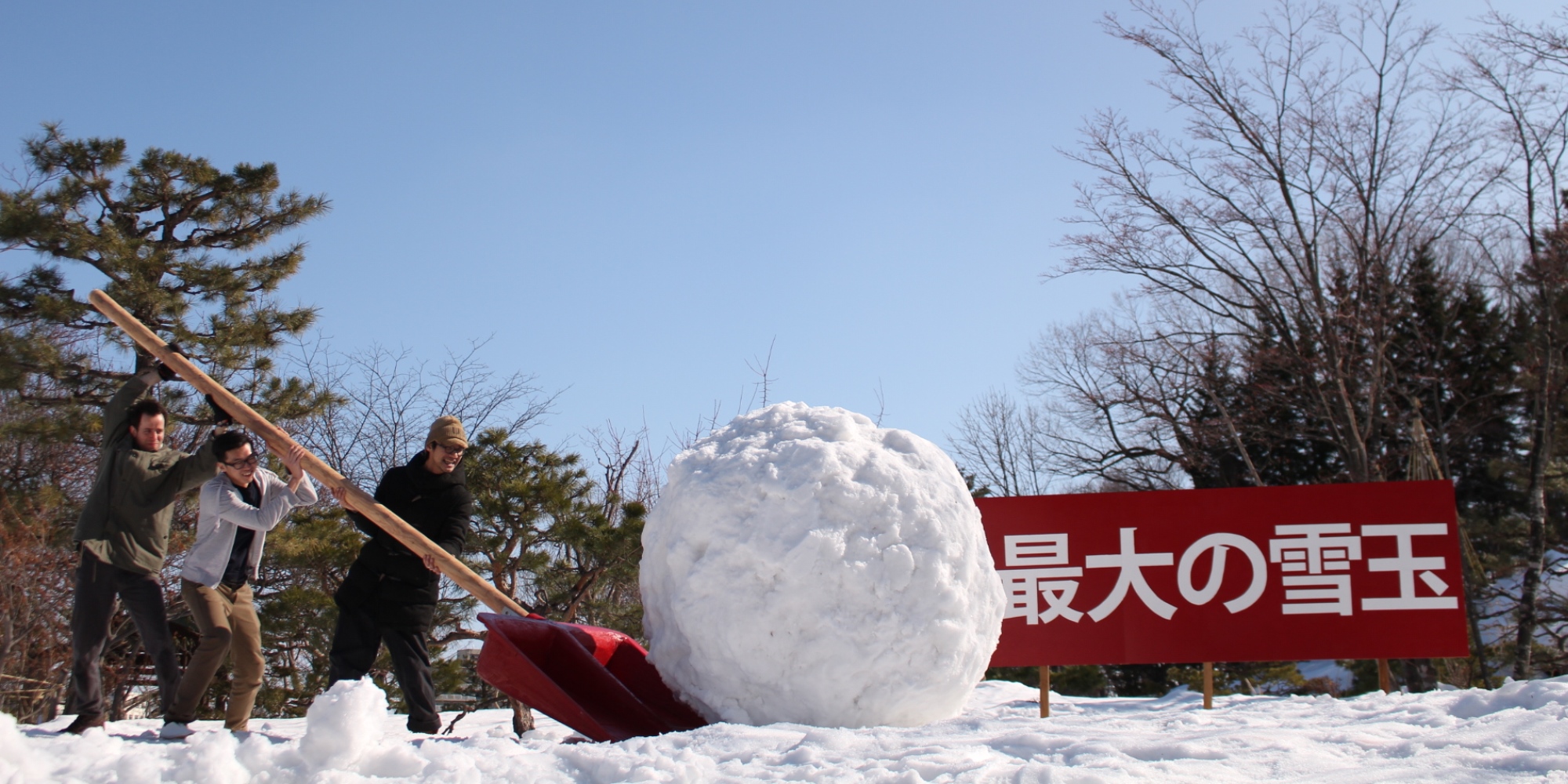
Set atop the park in southern Sapporo, Tenjinyama Art Studio offers panoramic views of the city and its surrounding mountains. Tenjinyama Art Studio houses 13 studio apartments, versatile larger spaces, as well as a gallery space on the ground floor. Local residents as well as international artists and residents from a wide range of creative backgrounds use this unique public space, providing a great forum for local engagement as well as an open dialogue between the artists and the community. Tenjinyama Art Studio offers self-funded residencies of up to 3 months, and provide a studio apartment, use of all public facilities and a wealth of local knowledge from the staff.
| Art form/s | Visual Art, Performing Art, Writing, Arts Management |
| Collaborative permitted? | Yes |
| Preferred host dates | April onwards |
| Potential opportunities | Artist talk, open studio/workshops, exhibition (negotiable), involvement in public events with resident artists, introduction to local and international artists and curators, universities, specialists and industry networks |
| Location and transport | Sapporo Tenjinyama Art Studio is approximately 15 minutes by subway and 30 minutes by foot from downtown Sapporo. The nearest convenience store, subway station, bus stop, and shopping street are 10 minutes' walk. There is also a bicycle available for use. |
| Facilities | On site accommodation, Private studio / work space, Internet, Communication facilities, Translation services, Gallery space, Performance space, Outdoor spaces for site-specific works, Library / archive / research resources |
| Accommodation provided? | Private bathroom, Private kitchen, Shared kitchen, Separate living / working space |
| Fees | Accommodation is provided by Sapporo Tenjinyama Art Studio, therefore successful residents to Sapporo Tenjinyama Art Studio will receive up to $9,000 for three months from Asialink. |
| Partners/ families permitted? | Yes. Residents usually have a studio apartment with extra rooms and beds |
| Website | http://tenjinyamastudio.jp/ |

Incheon Art Platform (IAP)

Incheon Art Platform (IAP) is a multicultural art forum that supports the creative work of artists and researchers through its residency program. Since opening in September 2009, Incheon Art Platform has diversified and developed its programs, supporting artists, hosting exhibitions and performances, and offering educational programs. Each year around nine global artists become residents, creating and transforming Incheon Art Platform into a place for international exchange and communication. Incheon Art Platform inherited the openness of Incheon’s open port and its traits and will continue to carry this forward.
| Art form/s | All artforms |
|---|---|
| Collaborative permitted? | No |
| Preferred host dates | September-November |
| Potential opportunities | Open studios, exhibitions, performances, artists talks, seminars, screenings, workshops, engagement with critics, depending on the needs of the artist. Education program are held every Saturday. The resident will be given a fee by IAP to conduct lessons or educational activity. |
| Location and transport | Located in downtown Incheon, it is close to shops. IAP is near the International airport, harbour, subway and bus station. |
| Facilities | On site accommodation; Private studio / work space; Shared studio / work space; Internet; Gallery space; Performance space; Outdoor spaces for site-specific works. |
| Accommodation provided? | Yes. Private bathroom; Shared kitchen; Separate living / working space. |
| Fees | Yes. Electricity and Water use will be charged at approximately 30,000 Wons for 3 months. The resident will be provided with a small budget for the production or presentation of the works of approximately 500,000 Wons. As accommodation is provided, residents will receive up to $9,000 for three months from Asialink. |
| Partners/ families permitted? | No |
| Website | http://www.inartplatform.kr/ |

Rimbun Dahan – Kuang
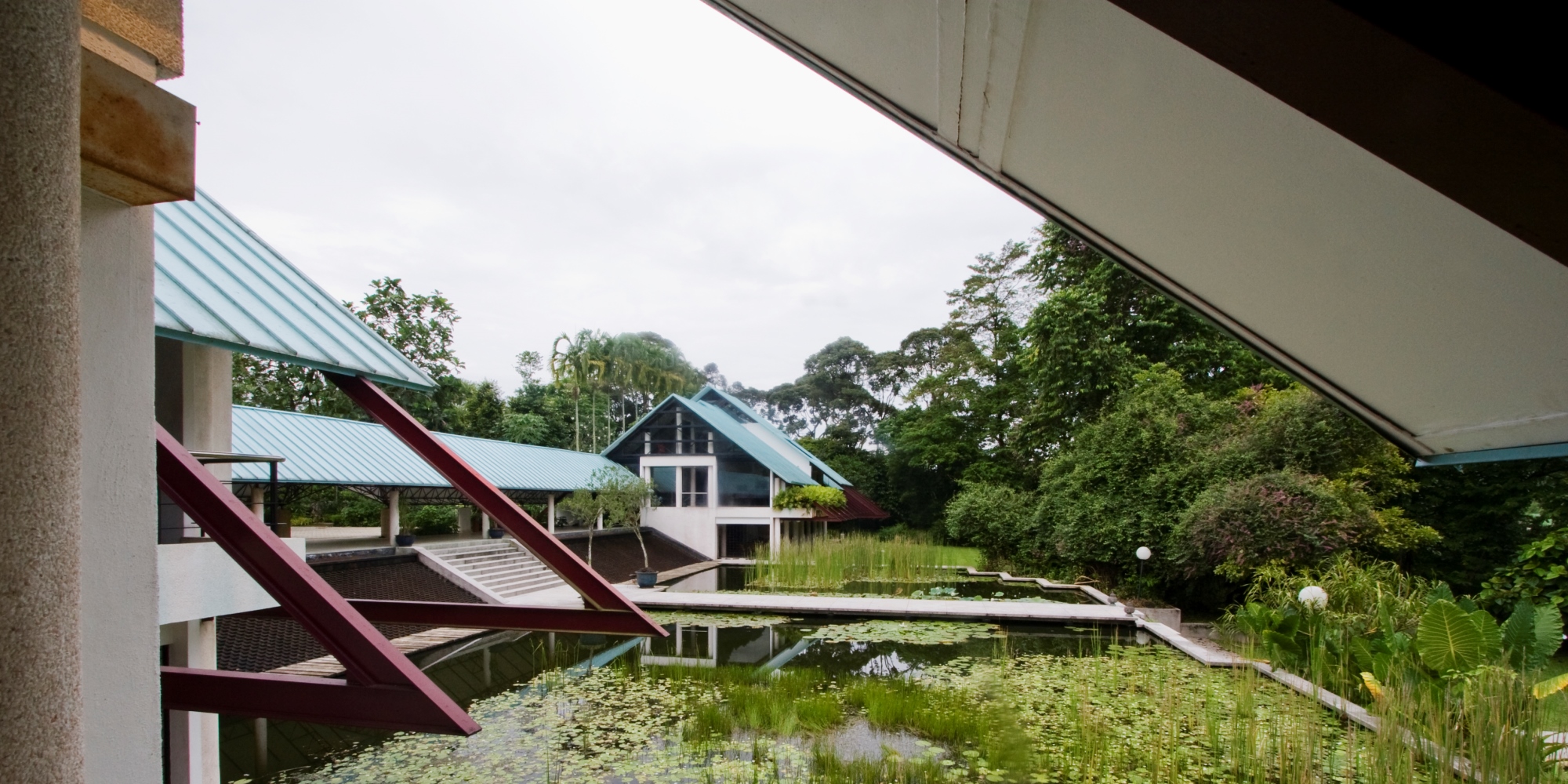
Rimbun Dahan is a privately-run centre for architecture, creative arts and nature conservation, within a 14-acre indigenous Southeast Asian garden setting outside Kuala Lumpur. Since 1994, the resident artist program has hosted more than 100 individuals who have benefited from the unique atmosphere of Rimbun Dahan to build their own artistic practice. This residency encourages links between artistic communities in Malaysia and the rest of Southeast Asia, and Australia, and provides artists with a calm environment for creative work. Rimbun Dahan supports both traditional and contemporary art forms from both performing and visual artists.
| Art form/s | Visual Art, Performing Art, Arts Management, Writing |
| Collaborative permitted? | Yes (Shared house) |
| Preferred host dates | N/A |
| Potential opportunities | All residents have the opportunity to run artist talks, workshops, or other small scale community events, at Rimbun Dahan or at other educational/arts institutions in Malaysia, with some administrative support provided. All artists enjoy invitations, networking and occasional group transport to local arts events. Occasional open studio days are organised to share practice. Limited production support is available for resident choreographers who wish to stage a final performance. |
| Location and transport | Rimbun Dahan is surrounded by a busy working-class urban fringe area, about 45 minutes drive to Kuala Lumpur city centre. This is a tropical environment, with occasional mosquitoes and bugs, but adaption is fairly easy. Local shops and restaurants within short walk; supermarket is a 15 minute drive. The host offers a weekly shop using their van, but otherwise car not provided; resident may choose to rent private vehicle. Public bus to city 1hr+, or take Grab transport to nearest train station 12 minute drive away, then train 20 minutes. |
| Facilities | Studio (inc. large dance studio). communal office (with wireless internet), and access to on-site air-conditioned gallery space, limited gym/sports equipment and swimming pool. |
| Accommodation provided? | Yes; site self-catering fan-cooled accomodation in different formats (bed-sitting room, studio apartment, semi-detached cottage or private house) on site. Includes private bathroom, kitchen and separate living/working area. |
| Fees | Accommodation, including studio and utilities, is provided by Rimbun Dahan for a fee of RM 4,000 per month. |
| Partners/ families permitted? | Yes, private houses are available, but this needs to be negotiated. |
| Website | www.rimbundahan.org |
![]()
Kuala Lumpur Performing Arts Centre - Kuala Lumpur
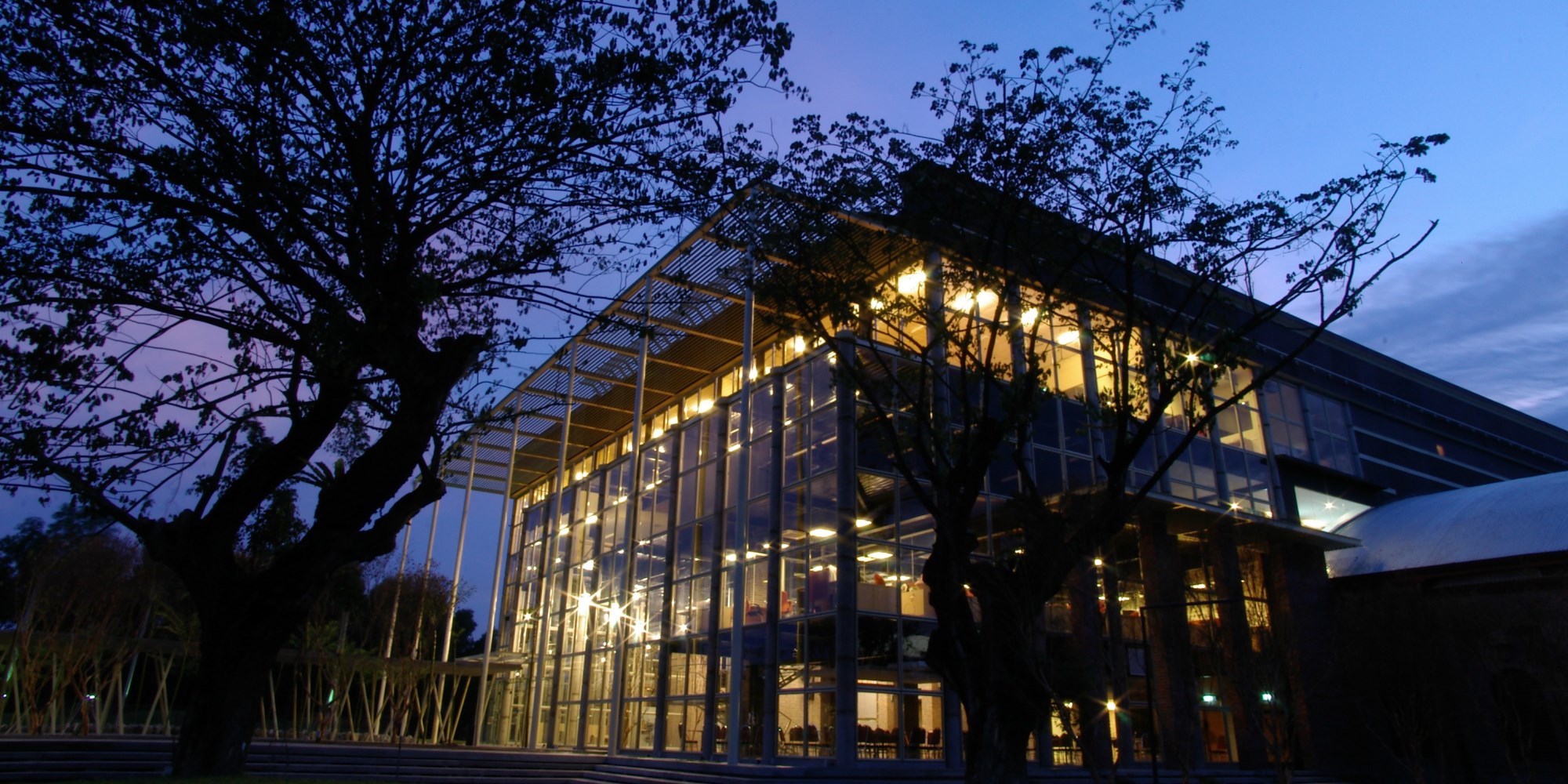
First founded in 1989 by Dato' Faridah Merican and Joe Hasham OAM, The Kuala Lumpur Performing Arts Centre (KLPAC) was established as Malaysia's first fully-integrated arts centre after the original theatre, Actors Studio @ Plaza Putra, was destroyed in flash floods in 2003. Since then KLPAC has not only been a home to the arts community and a foster home for foreign troupes, but has become the very lifeline that keeps the arts and cultural life in Malaysia breathing. In 2011, KLPAC opened 'penangpac', the first arts centre in the Northern Region and the second centre in Malaysia after KLPAC to advance the performing arts in Penang and the Northern Region. In line with its aim to nurture young talent, KLPAC runs a residency programme giving young talents a safe space to hone their skills and craft. The Centre boasts resident directors specialised in their individual artistic fields such as Mark Beau de Silva and Lex Lakshman Balakrishnan. Residents at KLPAC are charged with presenting a wide range of performances and activities. Residents are also encouraged to run courses at the Academy and become involved in the Community Outreach programme.
| Art form/s | Performing Art, Arts Management |
| Collaborative permitted? | Yes |
| Preferred host dates | N/A |
| Potential opportunities | Performances and workshops |
| Location and transport | Train and taxi nearby. 10 min taxi ride or 20 min walk from Star Line LRT station or Sentul KTM Komuter Station |
| Facilities | Shared studio/work space, internet, communication facilities, gallery space, performance space, outdoor spaces for site-specific works, on-site food/meals, transportation to/from airport |
| Accommodation provided? | No - but the host organisation can assist in sourcing |
| Fees | N/A |
| Partners/ families permitted? | yes to both - but accommodation is not provided |
| Website | http://www.klpac.org/ |
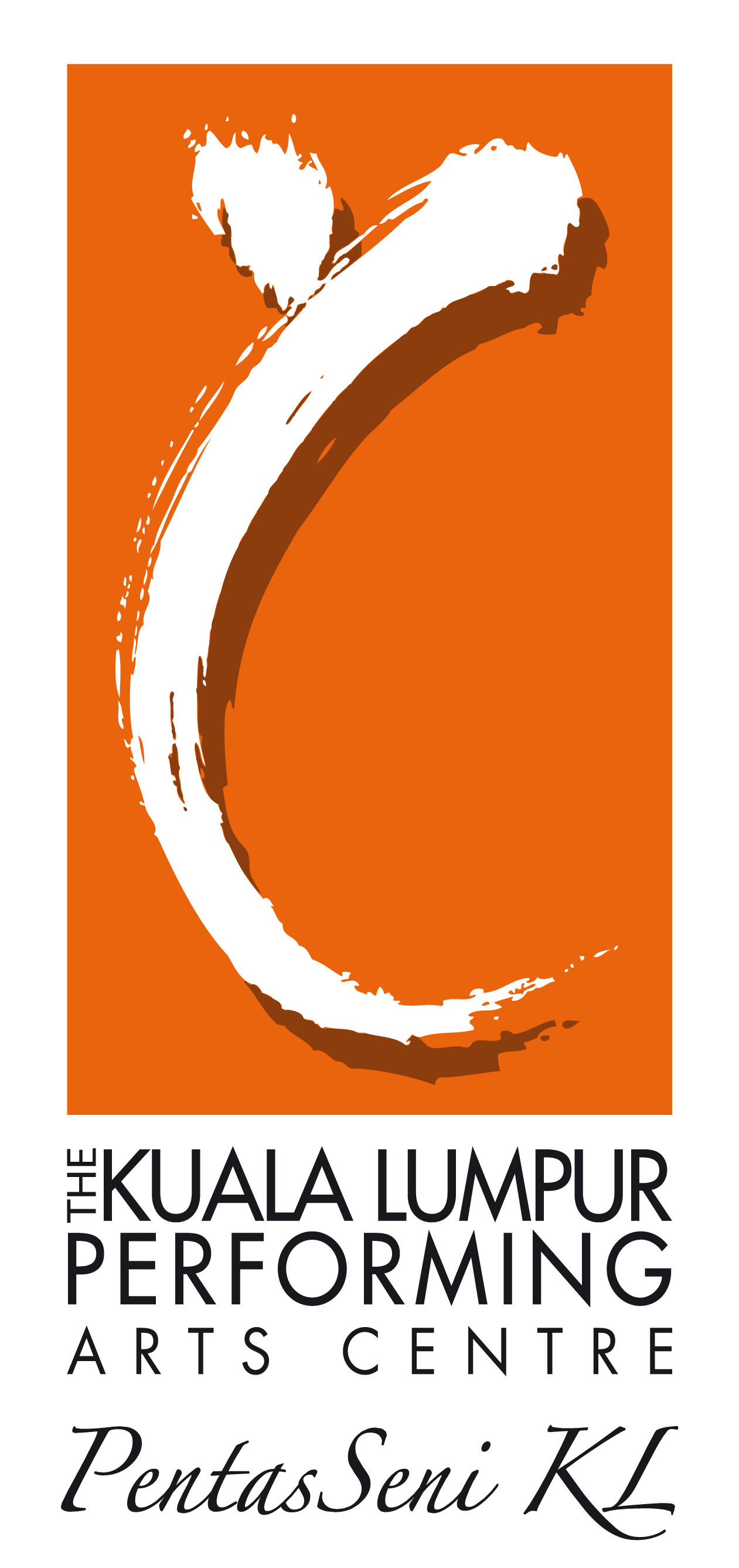
George Town Festival - George Town
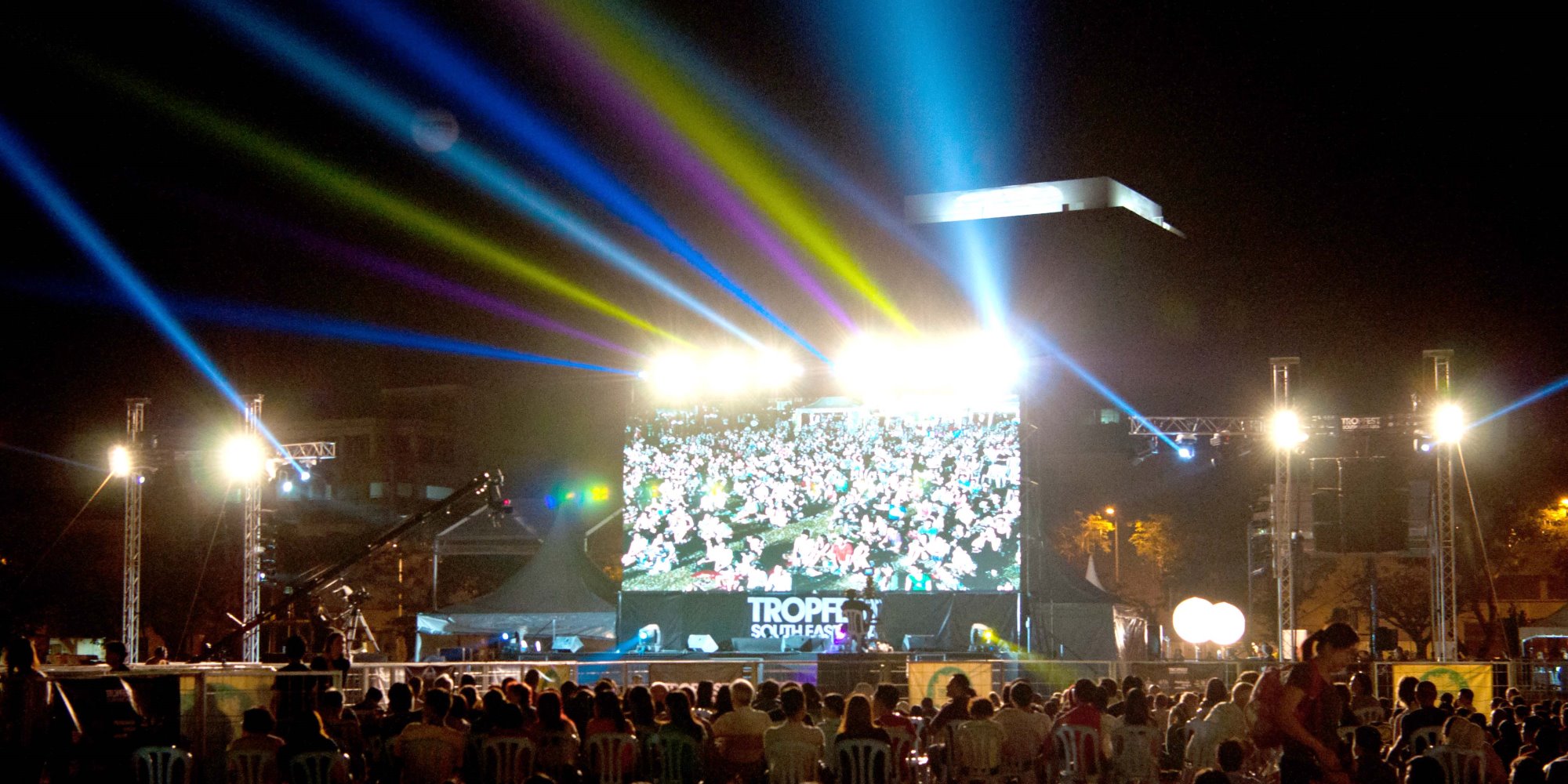
With an event management range that is both explorative and expressive, Joe Sidek Productions explores avenues of creativity through the usage of space, arts, and culture. The organisation’s three major projects have been organising and implementing George Town Festival (2010 - present), Butterworth Fringe Festival (2015 - present), Rainforest Fringe Festival (2017 - present), and other projects with government and non-government bodies.
The Festival event management and production range includes festival planning and management, artist liaison, event programming and logistics, site management /general production, stage management, VIP management, hospitality, backstage management, and volunteer management. Giving back to the community through the enhancement of the arts is a core motto of the proudly Penang-based company. The organisation has a reputation for bringing artistry back to life in the city, and they wish to continue to play this pivotal role in the years ahead. Joe Sidek Productions have in the last 7 years collaborated with several institutions and organisations in internship and residency programmes with participants from New Zealand, Hong Kong, and Australia.
| Art form/s | Visual Arts, Performing Arts, Writing, Arts Management |
| Collaborative permitted? | Yes |
| Preferred host dates | 15 May 2017 - 15 September 2017 |
| Potential opportunities | George Town Festival carries out a number of programmes during the Festival which are focused towards the community. These programmes require various degrees of involvement, participation and assistance which can be provided by the resident. Residents will be put in direct contact with related arts industry representatives and agencies from performers to venue owners. |
| Location and transport | The host is located in the core zone of the George Town UNESCO World Heritage Site, within the immediate vicinity of cafes and shops. Bus and bicycles available nearby. |
| Facilities | Internet, Communication facilities, Library / archive / research resources |
| Accommodation provided? | No, but can assist to identify suitable accommodation depending on length of stay. |
| Fees | N/A |
| Partners/ families permitted? | Yes |
| Website | http://georgetownfestival.com/ |
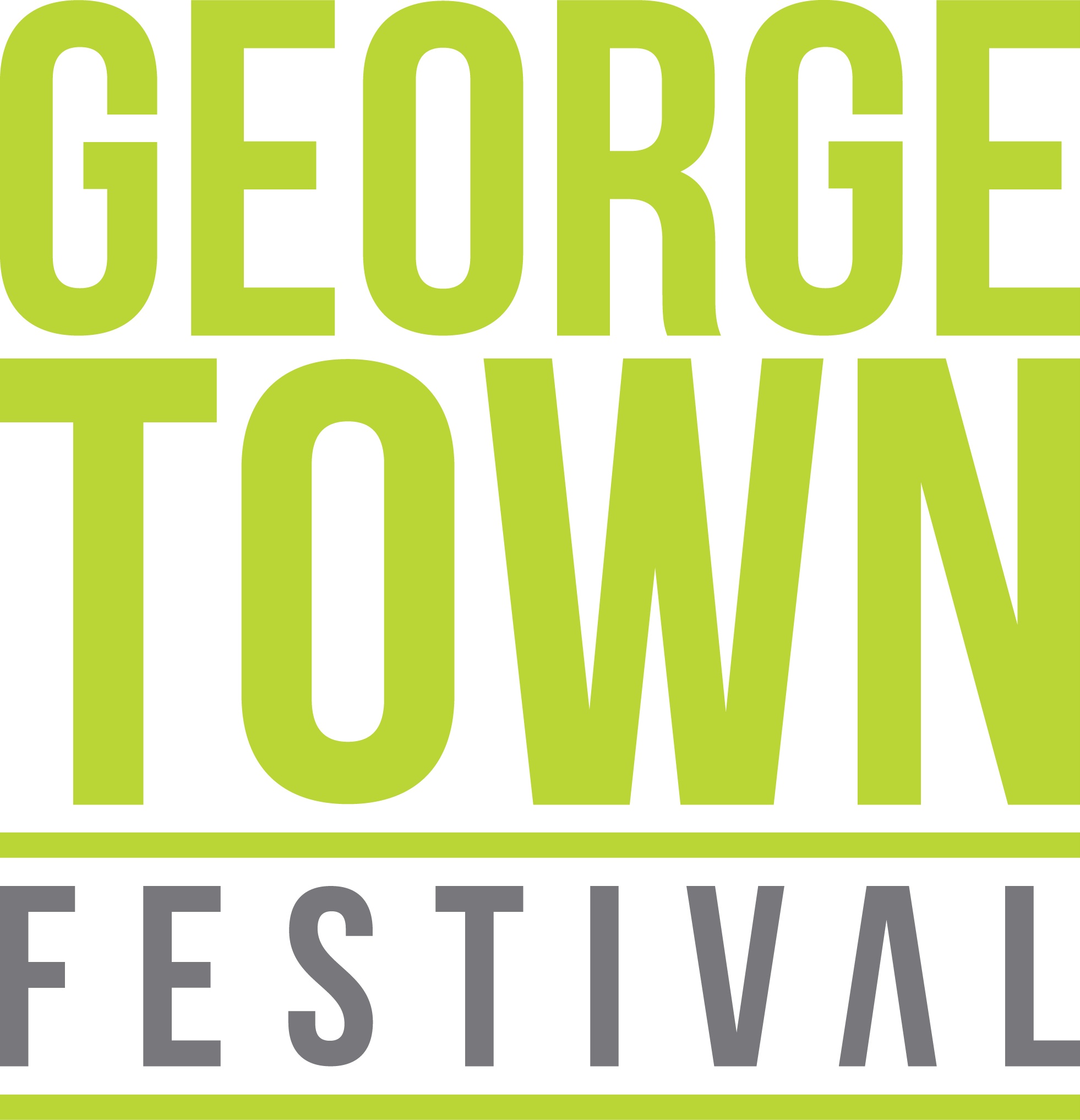
Green Papaya Art Projects – Manila
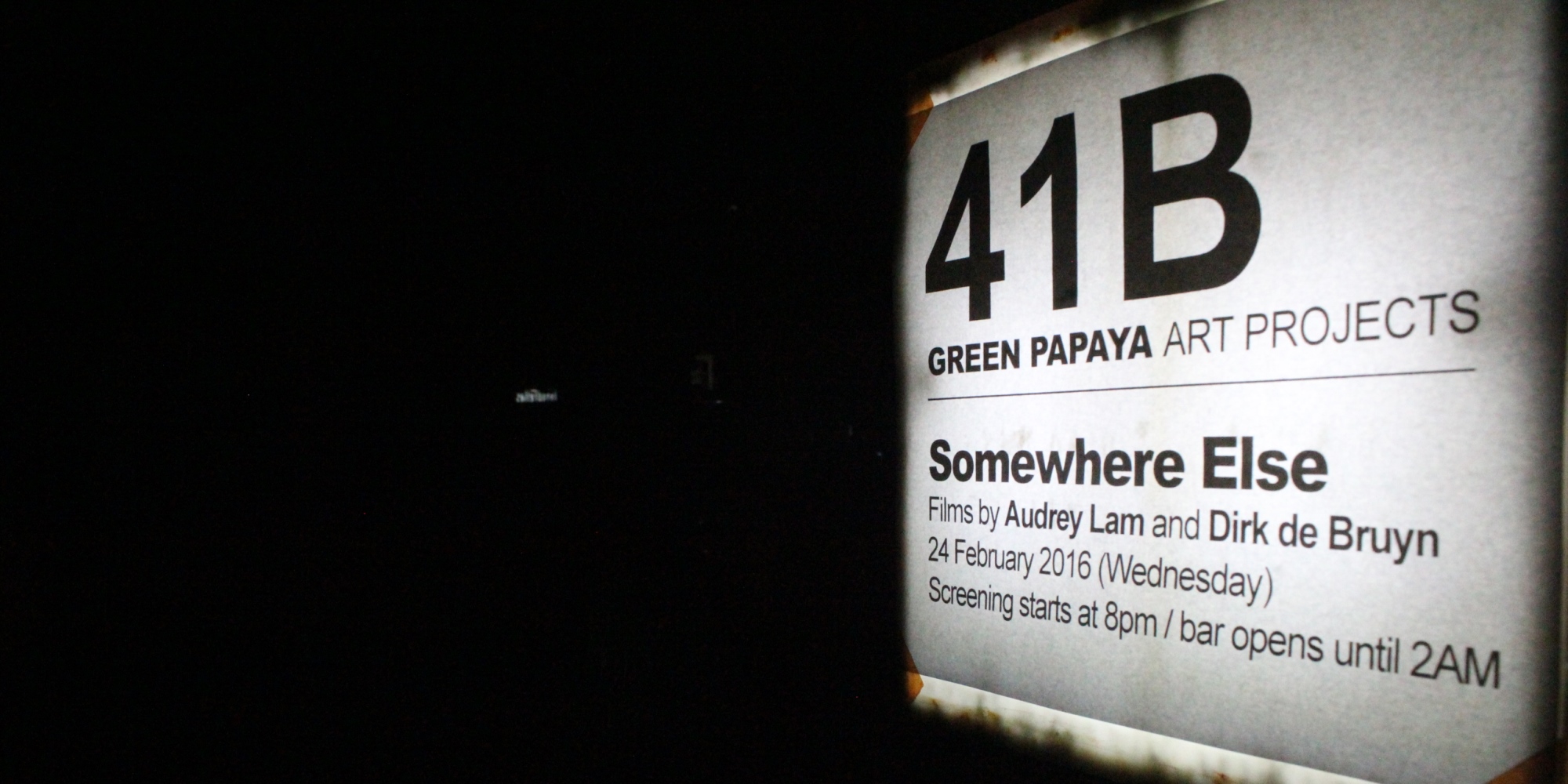
Green Papaya Art Projects is an independent initiative that supports and organises actions and proposition that explore tactical approaches to the production, dissemination, research and presentation of contemporary practices in varied artistic and scholarly fields. It endeavours to provide a platform for intellectual exchange, sharing of information, critical dialogue and creative/practical collaboration among the artistic community. Founded in 2000, it is the longest running independently run multidisciplinary platform in the Philippines.
| Art form/s | Writing, Visual Arts, Arts Management, Performing Arts |
| Collaborative permitted? | Yes |
| Preferred host dates | March - November |
| Potential opportunities | Community workshops and university talks |
| Location and transport | 45 minute train ride to the financial district, and a 15 minute taxi ride to the nearest commercial centre. 12 minutes walk to supermarket. Taxis, jeepney and trains nearby |
| Facilities | Internet, private studio/room, translation service, gallery media lab, communal studio |
| Accommodation provided? | No, but the host organisation can assist in sourcing |
| Fees | N/A |
| Partners/ families permitted? | Yes |
| Website | www.greenpapayaartprojects.org |
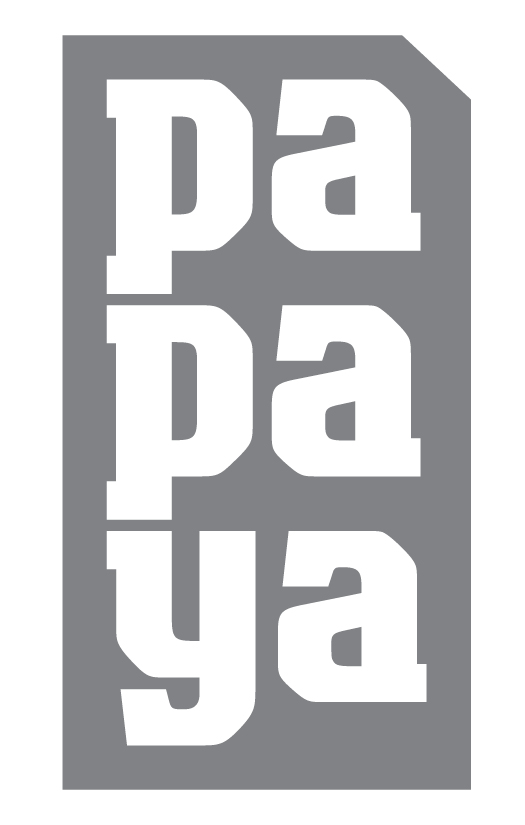
Esplanade - Theatres on the Bay – Singapore
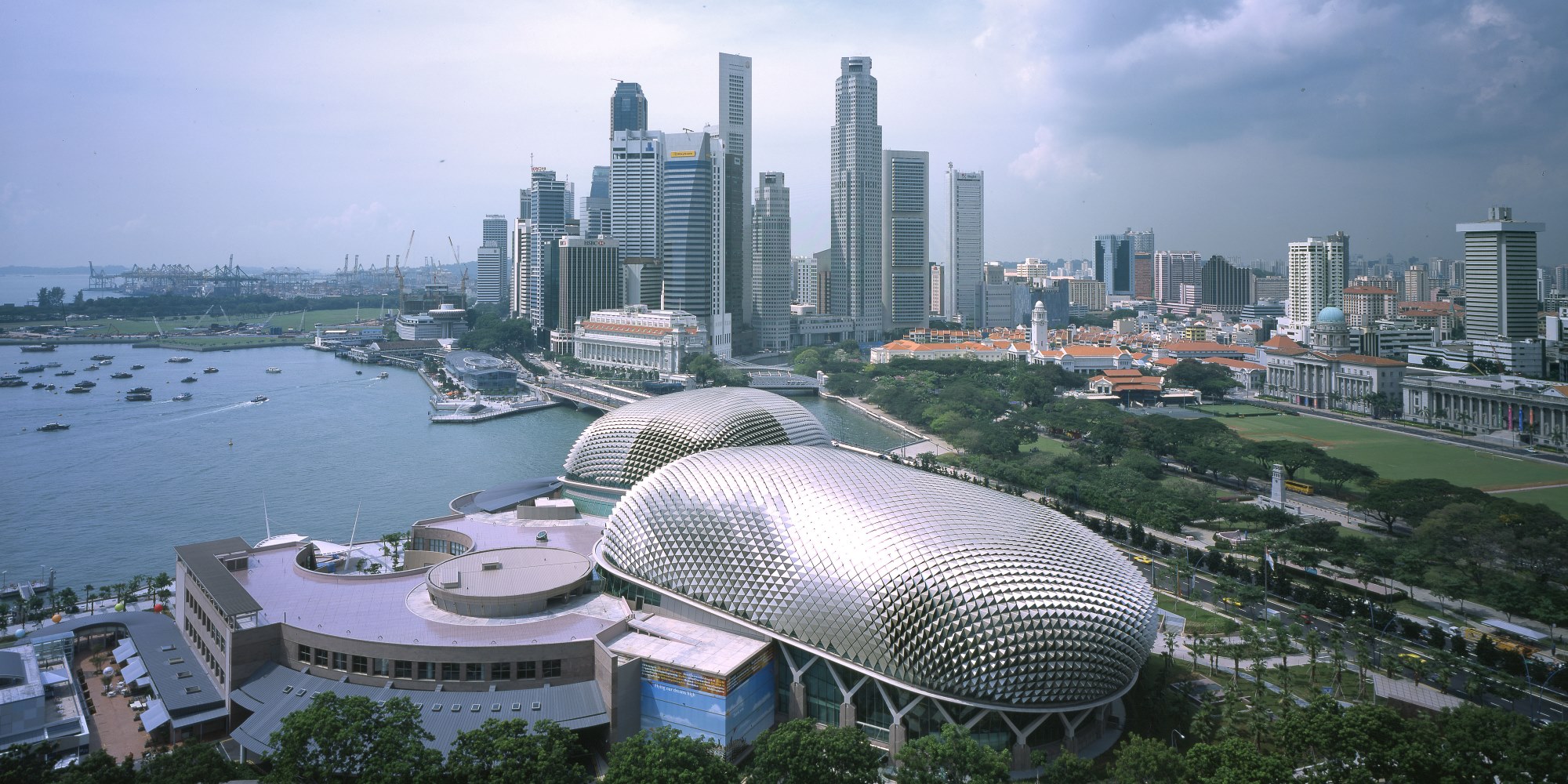
Esplanade - Theatres on the Bay is a not-for-profit charitable institution of public character and is Singapore's national arts centre. It is an internationally recognised cultural institution and one of the busiest in the world. Esplanade presents more than 3,000 performances annually which cut across all genres to encompass music, dance, theatre and visual arts, catering to diverse audiences. Since its opening in 2002, it has welcomed over 75 million visitors, staged more than 25,000 performances and attended by about 18.5 million people. Esplanade's mission is to make the arts accessible for everyone to enjoy. It strives to nurture audiences to engage with the diversity of arts and culture. At its core, Esplanade is committed to serving the public through the arts and nurturing cultural expressions that inspire its people to feel a sense of pride and ownership. The resident will be attached to the Programming team and will gain an insight into Esplanade's programming strategies and operational considerations.
| Art form/s | Arts Management |
| Collaborative permitted? | No |
| Preferred host dates | Six – eight weeks, between Jun to Feb period to coincide with festivals and events. Depending on the trainee’s learning objectives, the period of attachment can be discussed for effective learning. (Please note Asialink residencies must be complete by Dec 31). |
| Potential opportunities | N/A |
| Location and transport | City centre; 5 minute walk to supermarket. Public transport nearby |
| Facilities | Internet and work station |
| Accommodation provided? | No, but the host organisation can assist in sourcing |
| Fees | N/A |
| Partners/ families permitted? | Yes |
| Website | www.esplanade.com/index.jsp |
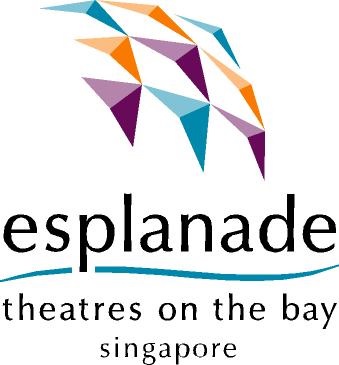
Maya Dance Theatre - Singapore
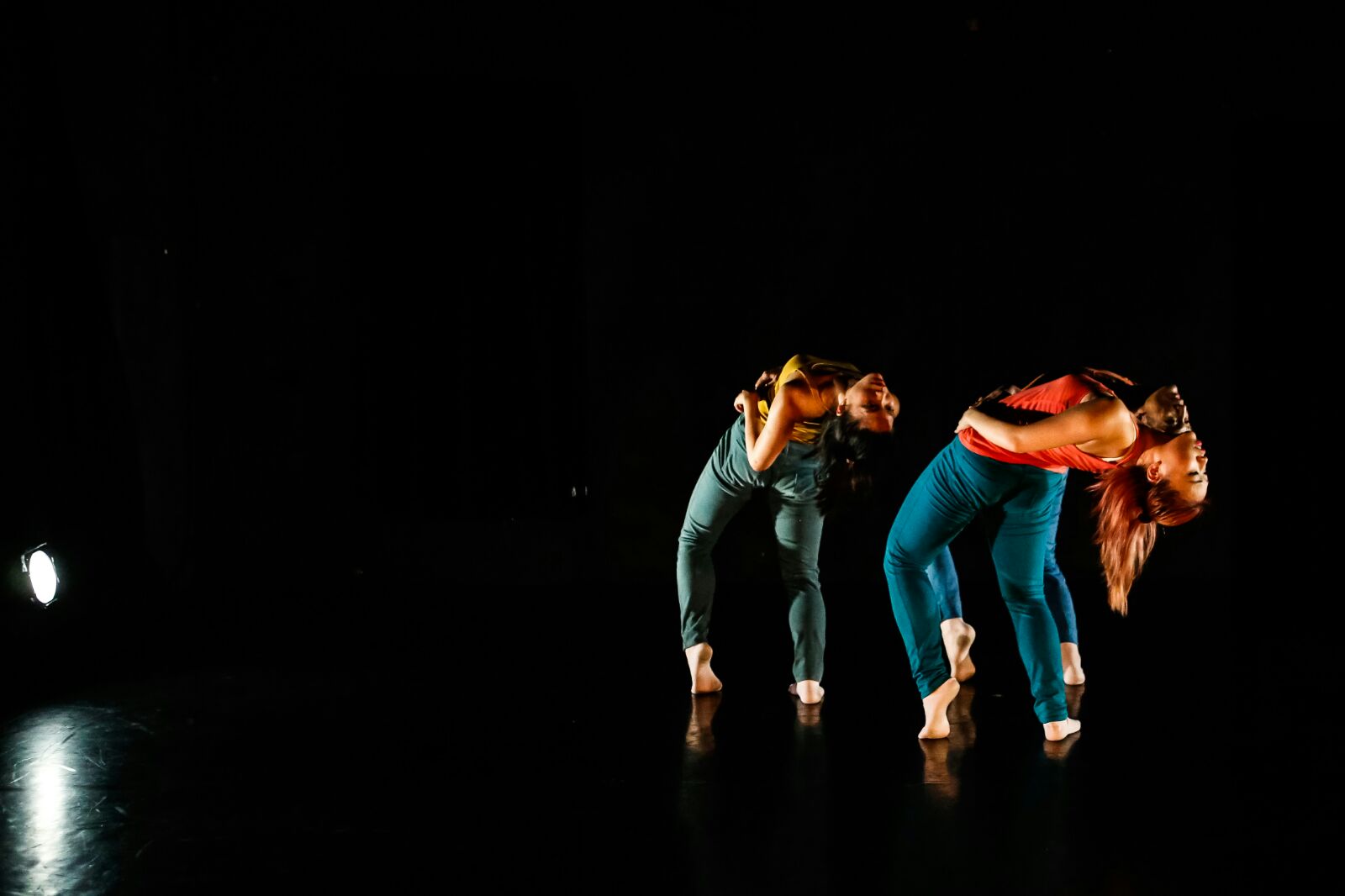
Maya Dance Theatre is a dance theatre company that creates works addressing socially relevant subjects which resonate across borders through intercultural, multidisciplinary dance theatre.
Maya's distinctive expression is grounded in the visceral nature of human spirit! We create an integral space for Asian traditional form (Bharatha Natyam) and contemporary dance to evolve together.
The Asian dance training philosophy of Maya Dance Theatre keeps the body grounded like the roots of a tree and the choreography embodies the contemporary space.
We present stories of your world through our eyes!
Our residency programme provides choreographers and dance artists an opportunity to explore inter-cultural development, a supportive platform for growth and development, as well as to network with Singapore's art scene.
| Art form/s | Dance, Arts Management |
| Collaborative permitted? | No |
| Preferred host dates | N/A |
| Potential opportunities | Inclusion in Maya Dance Theatre productions, subject to performance season status. Opportunity to present arts education programmes in learning institution. Opportunity to work with special (disability) dance group. Opportunity for arts management candidates to be part of the creative team for a production; subject to season status |
| Location and transport | City centre, arts & cultural district. Bus stop and train station within a 5 minute walk. |
| Facilities | Private studio/work space, internet, communication facilities. |
| Accommodation provided? | No, but the host organisation can assist in sourcing |
| Fees | None |
| Partners/ families permitted? | N/A |
| Website | www.mayadancetheatre.org |

Objectifs: Centre for Photography and Film - Singapore
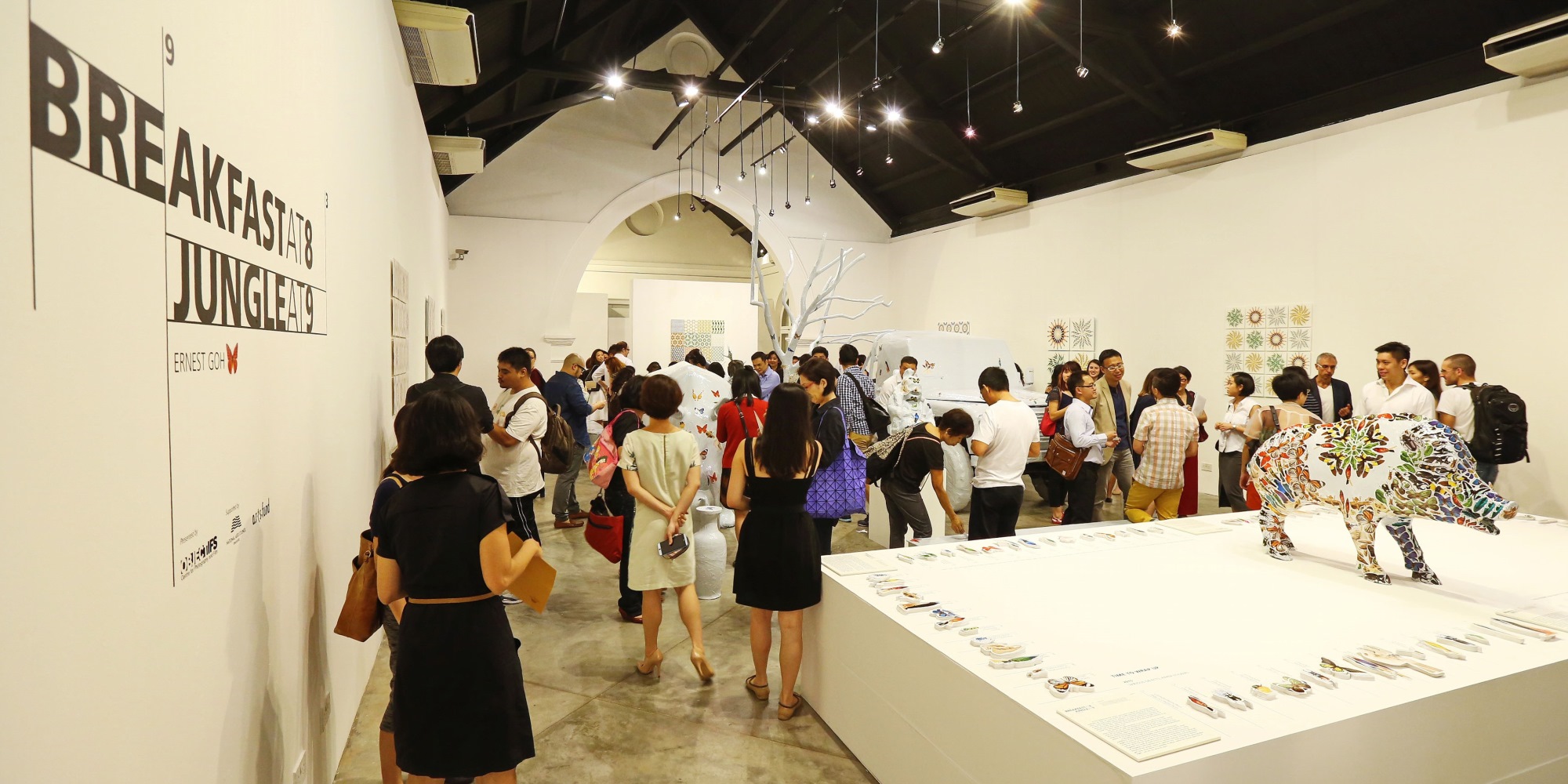
Established in 2003, Objectifs is an independent non-profit gallery and educational space that is committed to advancing the practice and appreciation of film and photography. Through year-round educational programmes, exhibitions, screenings, residencies and mentorships, our mission is to build a community of image-makers and visual storytellers, creating and sharing artistic works that foster dialogue around local and international issues. The goal of our residency programme is to provide photographers, filmmakers and artists who work in photography and film with a supportive platform, conducive for the creation and development of new personal work, as well as to facilitate exchanges with local artists and build networks.
| Art form/s | Visual Arts, Arts Management |
| Collaborative permitted? | No |
| Preferred host dates | N/A |
| Potential opportunities | Talks and workshops held at the centre; opportunities in giving lectures/workshops at various art schools; networking |
| Location and transport | City centre, arts & cultural district. Bus stop and train station within a 5 minute walk. |
| Facilities | Private studio/work space, Internet, communication facilities, gallery space. Objectifs can assist with curatorial support. |
| Accommodation provided? | No, but the host organisation can assist in sourcing. Accommodation is approximately SGD400-600 a week. |
| Fees | None |
| Partners/ families permitted? | N/A |
| Website | http://www.objectifs.com.sg |
![]()
Grey Projects - Singapore
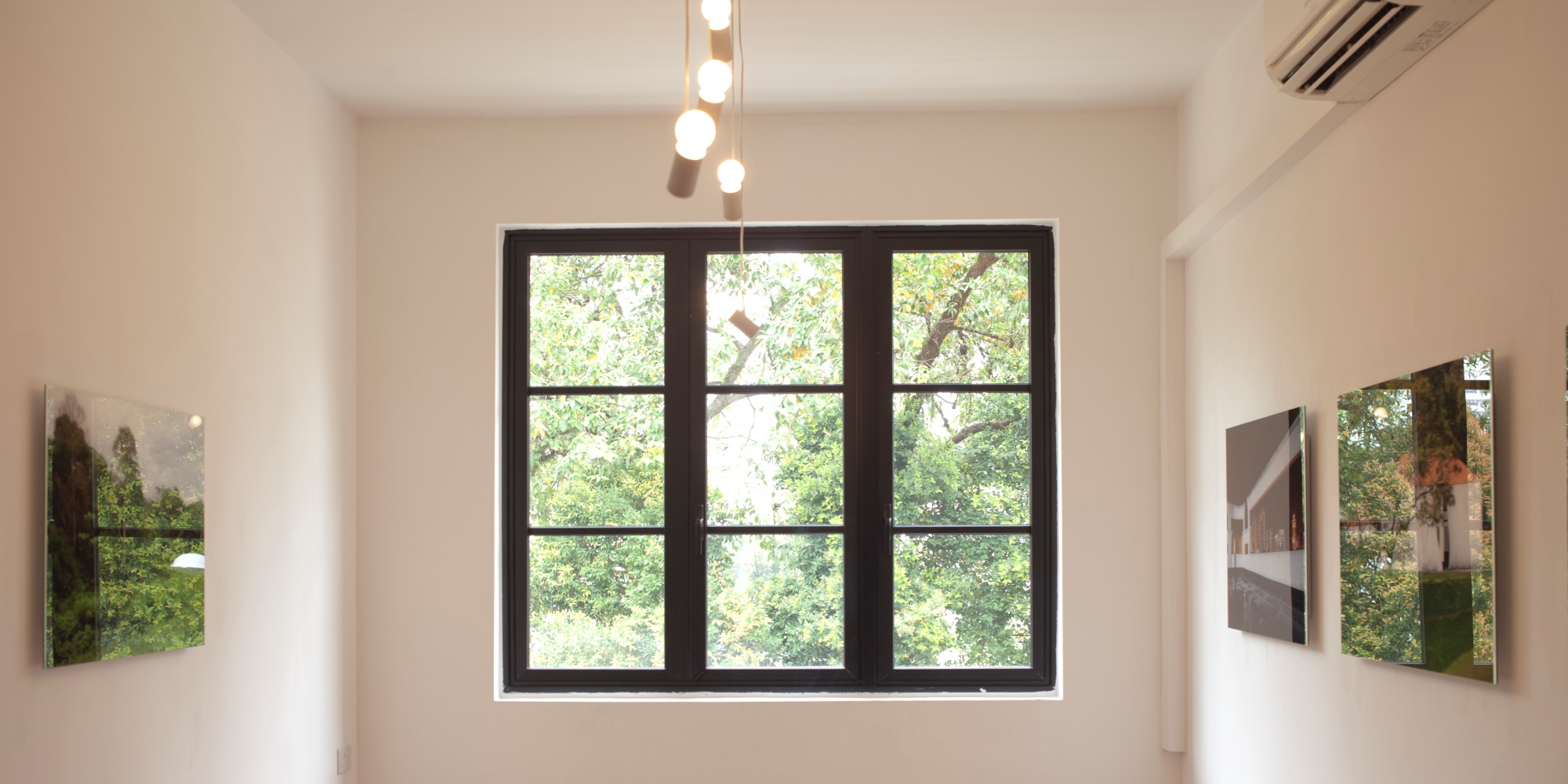
Grey Projects is an artist-run space for publication, curatorial and exchange activities, supporting artists and art practices with exhibitions, writings and residencies. Grey Projects looks for the urgent, the necessary, the experiments, the propositional, as well as new writing and curatorial practices. As a venue, Grey Projects is a workspace, library, gallery, studio and residency space. They are located in Tiong Bahru, one of Singapore's oldest public housing estates, and they celebrate their 10th year in 2018.
| Art form/s | Visual Arts, Performing Art, Writing, Arts Management (Curator) |
| Collaborative permitted? | No |
| Preferred host dates | August - October |
| Potential opportunities | Open studio presentations, workshops, seminars, talks or screenings, depending on the needs of the artist. Opportunity to meet curators, critics, gallery directors and artists. |
| Location and transport | Grey Projects is close to downtown Singapore, in the city's oldest public housing estate Tiong Bahru, an architectural landmark. There is a supermarket in the building and a train station around the corner. |
| Facilities | On site accommodation, private studio/workspace, internet, library/archive/research resources. |
| Accommodation provided? | Yes |
| Fees | Accommodation and studio fees are SGD 1700 per month. |
| Partners/ families permitted? | Partners yes (to visit, not for entire duration) but not children. |
| Website |

Dance Forum Taipei – Taipei

Dance Forum Taipei is a contemporary dance company in Taiwan. The company acts as an open forum for local and international choreographers and artists to come together and present their ideas. The company has produced more than 700 performances since its inception in 1989, touring throughout Taiwan as well as abroad to main cities of Asia, America and Europe. Dance Forum Taipei has focused on cross-country collaborations since 2008. Artists and theatres include: Christian Rizzo, Myriam Herve-Gil & Compagnie Käfig (France), Leine Roebana (Netherlands), Zuni Icosahedron (Hong Kong), Toru Shimazaki & Condors (Japan); Marina Mascarell, Iván Pérez and Korzo Theatre in the Hague. The Company is located at the Crown Arts Centre with a dance studio of approximately 140 sq ft, and a black box theatre with 100 seats. Dance Forum also provides link between local dancers, choreographers, theatres and universities and dance programs.
| Art form/s | Performing Arts, Arts Management (performing arts) |
| Collaborative permitted? | Yes |
| Preferred host dates | N/A |
| Potential opportunities | N/A |
| Location and transport | Office in central Taipei; 3 minutes to the shops; and close to metro. |
| Facilities | Internet, translation/language service, gallery/theatre |
| Accommodation provided? | No, but the host organisation can assist in sourcing. |
| Fees | N/A |
| Partners/ families permitted? | Yes, so long as they can be independent. |
| Website | www.danceforum.com.tw |
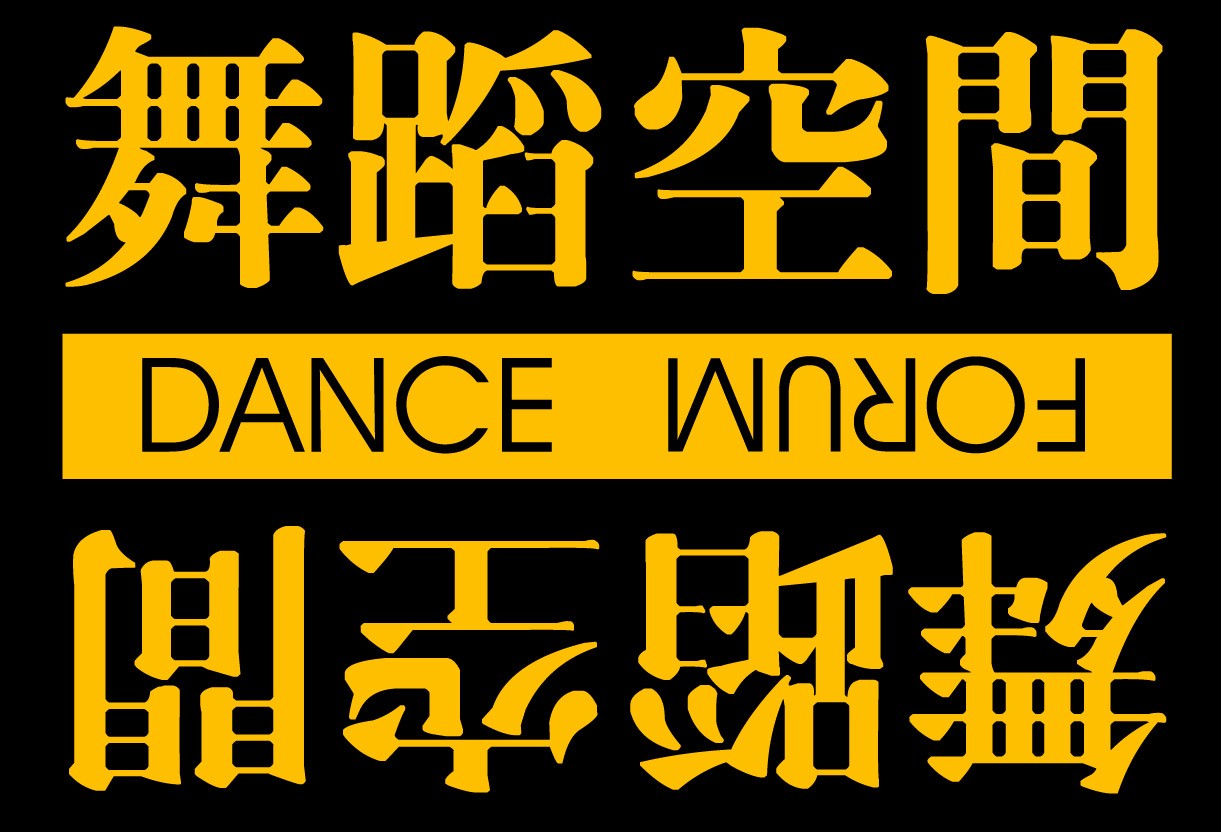
Kuandu Museum of Fine Arts, Taipei National University of the Arts, Taipei
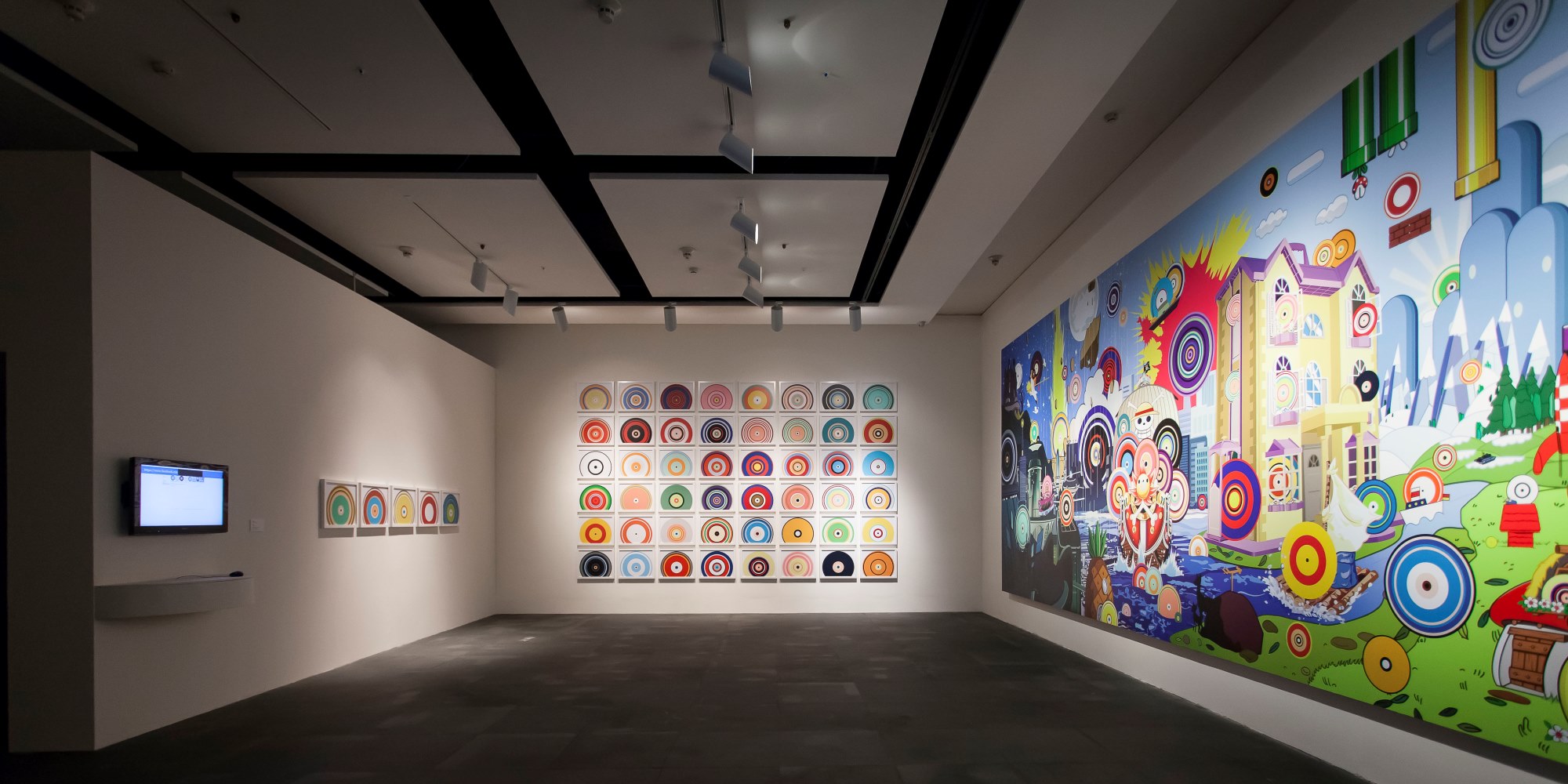
Overlooking the Kuandu Plain and constructed alongside the mountain slope, Kuandu Museum of Fine Arts is the first fine arts museum located within a university campus in Taiwan. The Kuandu Residency Program aims to enhance the exchange experience between international artists/curators, university students/tutors, and museum/audiences. The program provides a great opportunity for artists/curators and audiences to create conversations at the university and to share learning resources and practices through artist talks, open studios and workshops.
| Art form/s | Visual Arts, Arts Management |
| Collaborative permitted? | Yes |
| Preferred host dates | Six weeks, timing of residency to be negotiated. |
| Potential opportunities | Artist talks, workshops, open studios, exhibitions, field trips to other cities, introduction to industry contacts and networks |
| Location and transport | Located in Taipei city centre, 15-minute walk to supermarket/shops/metro station (scheduled shuttle bus running between campus and metro station). There are also mini mart, cafe and restaurants on campus. |
| Facilities | Internet, private studio/study room, translation service, gallery/theatre, free access to facilities on campus |
| Accommodation provided? | Yes, private suite provided. |
| Fees | Accommodation is provided by Kuandu Museum of Fine Arts. Therefore residents to Kuandu Museum of Fine Arts will receive up to $9,000 for three months from Asialink. |
| Partners/ families permitted? | Yes to partner, no to family/children |
| Website | www.kdmofa.tnua.edu.tw |

Ne'-Na Contemporary Art Space, Chiang Mai
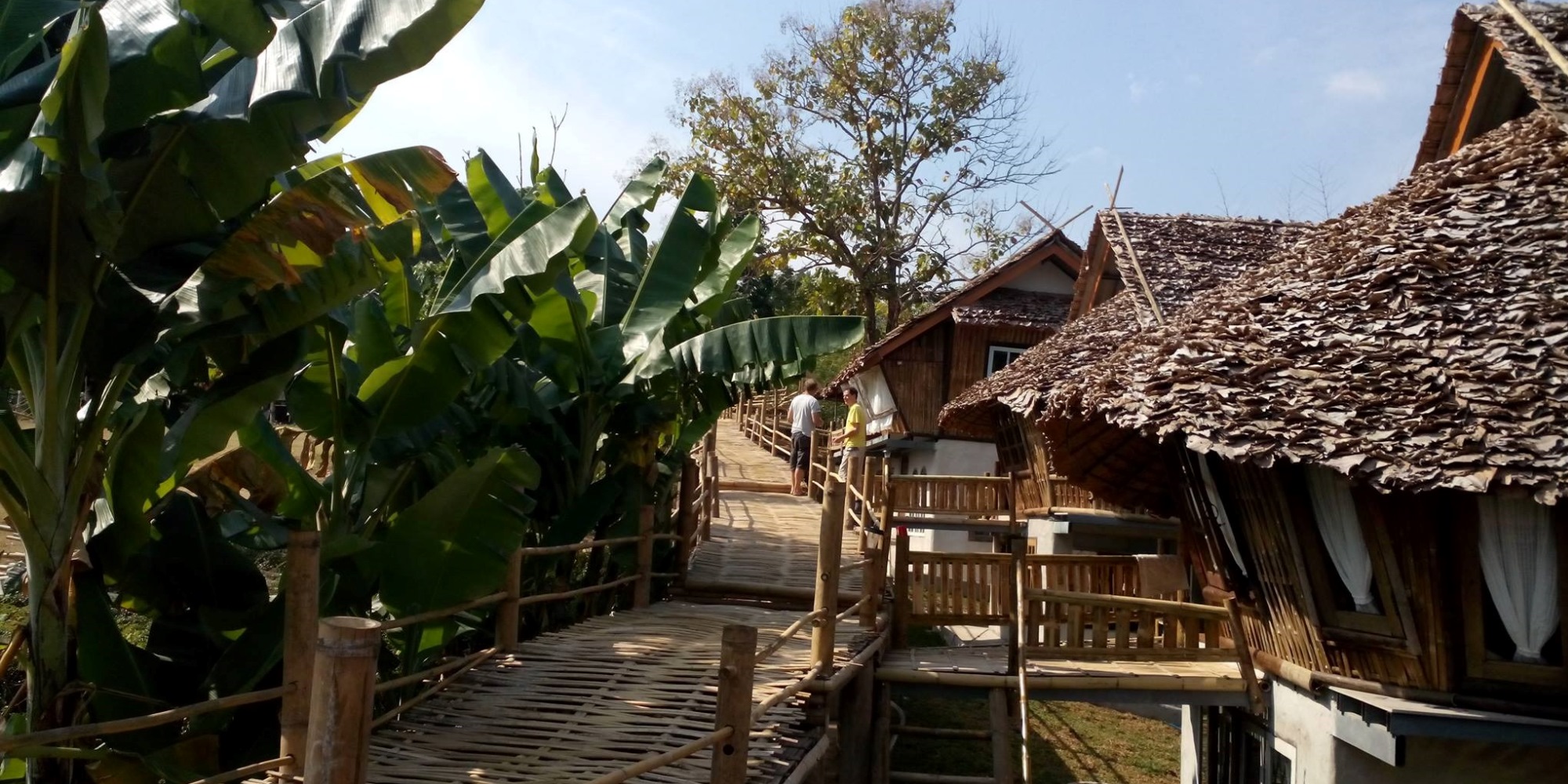
Ne'-Na Contemporary Art Space is an artist-run residency program in Chiang Mai, northern Thailand. The program gives artists the opportunity to develop and expand their work and engage in intercultural exchange amidst a supportive network of local and international artists. Ne'-Na invites and welcomes artists to learn about the traditional northern Thai (Lanna) culture, and to explore possibilities in sustainable, self-sufficient living. The residency program is a platform for international artists to negotiate the traditional and popular art and culture of Thailand through their works.
The program is divided between two sites: Monfai Cultural Centre in Chiang Mai city, and the annex site, just outside the city in Mae Rim.
| Art form/s | Visual Arts, Writing, Performing Arts, Arts Management |
| Collaborative permitted? | Yes |
| Preferred host dates | N/A |
| Potential opportunities | Exhibitions, performances, artist talks, commissions. Introduction to local art institutions, schools, artisans and crafts people. |
| Location and transport | Monfai/city site is located in the inner suburb of Chiang Mai city, 150 m - 1 km walk to supermarket/shops. Annexe site is 20 km away from city (25-30 min drive), 1 km to local shops. |
| Facilities | Bus, taxi and bicycles available at city site. Bicycles and 'skylab' motorbike available at annex site. Two free round trips between city and annexe site is provided. Ne'-Na can provide transportation and vehicle, including transportation to/from airport. |
| Accommodation provided? | On site accommodation with private bathroom, private and shared kitchen, separate and shared living/working space. |
| Fees | Yes – fees for 2017 at both facilities (city site and annex site): THB 30,000 per month. Fees include accommodation, studio, local transport and administration. Meals are not included. Please note the city site is suitable for research projects or non-large scale studio-based activities. Annexe site is the more suitable for varies studio-based activities including rehearsals for dance/performance artists. Depending on availability of rooms and working space, artists are welcome to stay in either location or work between the two. |
| Partners/ families permitted? | Yes to both - one family room attached to children's room (max 2 children/family) at Monfai. One family room and seven separate bamboo houses for families at Annexe site. |
| Website | http://www.nena-artspace.com |
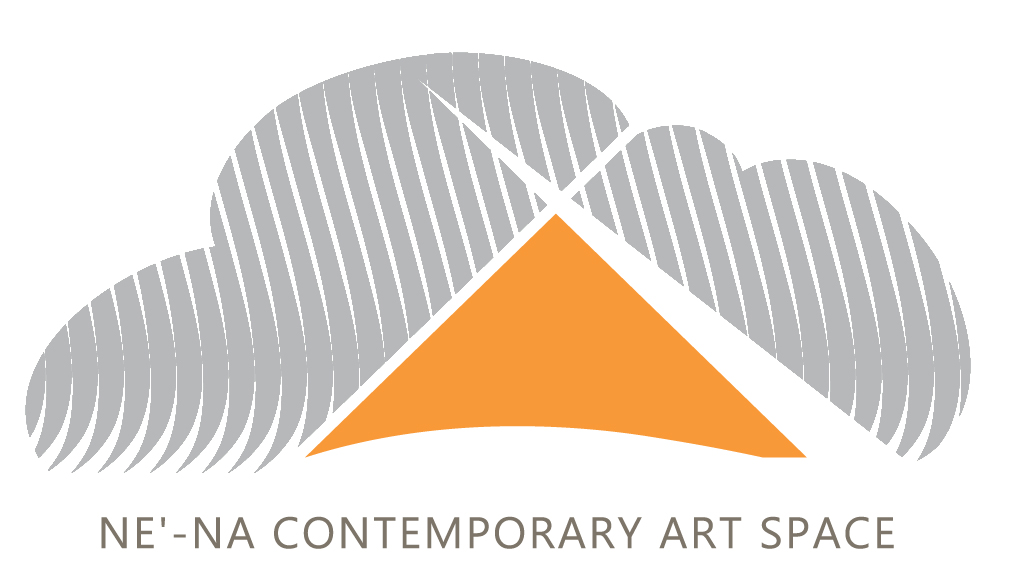
Muong Studio - Hoa Binh
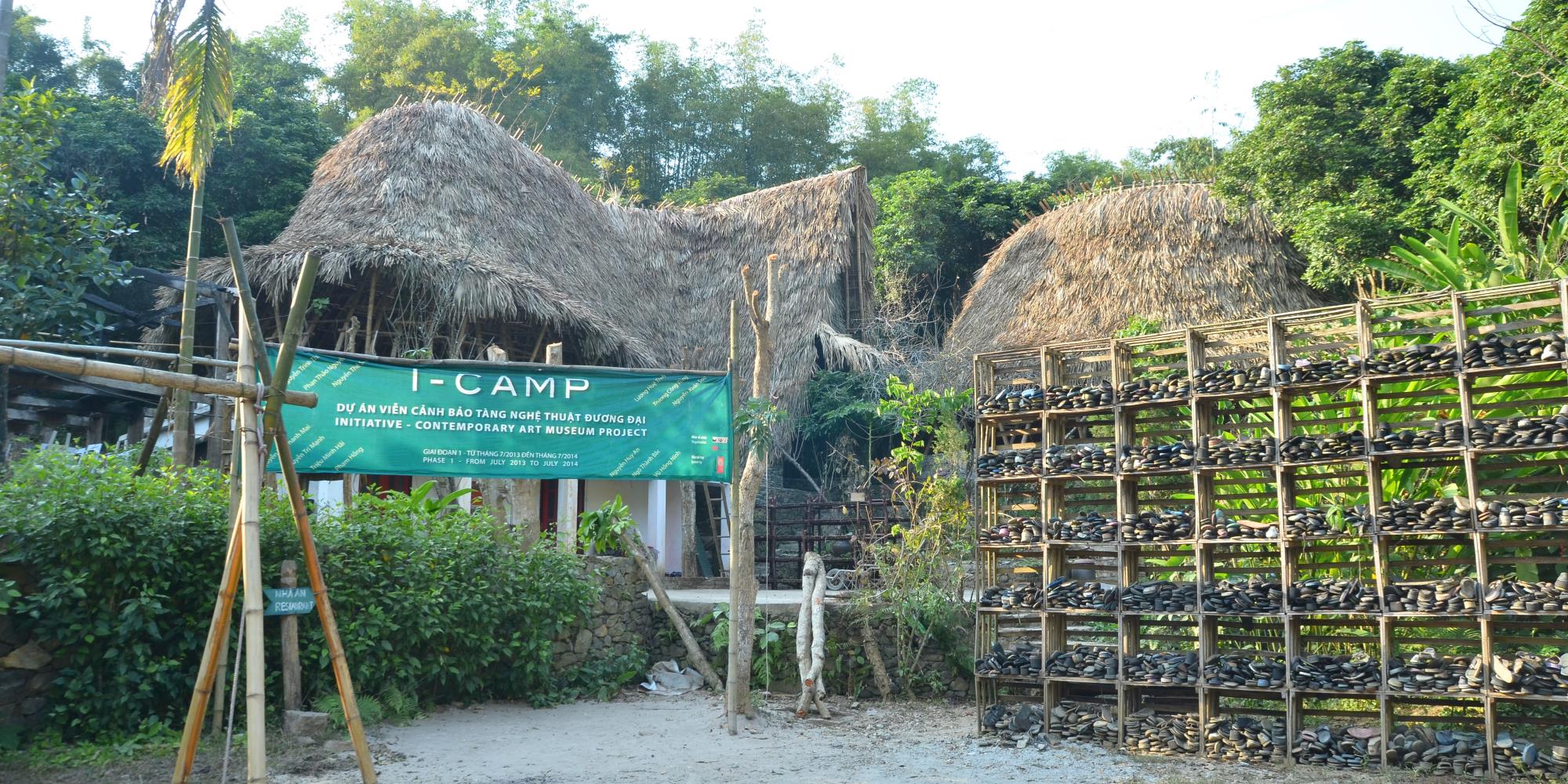
Muong Studio is an art centre of the Muong's Cultural Museum, located in North West of Vietnam. It aims to preserve and develop a local culture based on the connection between the ancient culture and contemporary arts, to connect other art centres in Vietnam and internationally, and to support artists and contemporary art development in Vietnam. Muong Studio's activities program includes art exhibition, projects, workshops and artist-in-residency program (Muong AIR) for both local and international artists. Muong AIR provides facilities and opportunities for the professional development of artists from the fields of Visual Arts, Performance Arts, and Literature etc. As a part of Muong's Cultural Museum, Muong Studio also encourages curators and researchers from related fields including arts and cultural studies (especially those conducting research relating to the Muong ethnic culture) to apply to our residency programs, as it is part of our mission to promote the local culture and foster regional and international exchange programs.
| Art form/s | Visual Art, Performing Art, Writing, Arts Management |
| Collaborative permitted? | Yes |
| Preferred host dates | Autumn to winter, from August to December, as that is the best season of the year in Muong Studio. |
| Potential opportunities | Residents are expected to give a presentation and hold an exhibition. Residents may also choose to give a workshop. |
| Location and transport | 10km to town, 80km to nearest city, 10km to market and shops in town. Motorcycle and bicycles are available to rent at Muong Studio. Taxis and rental cars available in town |
| Facilities | On site accommodation, Private studio / work space, Shared studio / work space, Internet, Communication facilities, Translation services, Gallery space, Performance space, Outdoor spaces for site-specific works, Library / archive / research resources, On site food / meals |
| Accommodation provided? | Shared bathroom, Shared kitchen, Separate living / working space, Shared living / working space |
| Fees | USD $28 per day for accommodation, food, studio and administration |
| Partners/ families permitted? | Yes, the family members can stay with the artist and pay the same fee (including accommodation, food and all available service) |
| Website | http://muongstudio.vn/en/ |

Studio Kura - Fukuoka

Studio Kura opened in 2008 as an art institution running two different programs: artist in residence as well as art teaching for children and adults. Located in the beautiful rural environment of Itoshima peninsula in Fukuoka on the northern shore of the island of Kyushu in Japan, there are full of rich nature surrounded by sea, mountains and rice fields within walkable distance.
Studio Kura’s Artist in Residence Program is an opportunity for domestic and international artists to experience and draw inspiration from Japan’s rural environment, as well as for Studio Kura’s thriving local community to meet different artists and their works. We also organize art events such as the Itoshima Arts Farm: Itoshima International Art Festival (every two years) and participate the regional and seasonal events introducing the participating artists' works in the various locations.
| Art form/s | Any |
Collaborative permitted? | Yes |
| Preferred host dates | 4-8 week stay during November and/or December |
Potential opportunities | Exhibition and artist talk with other fellow artists in the end of the residence period, a workshop with kids if requested, collaborating with regional organizations, and experiencing the rural traditional environment/event in Japan. |
Location and transport | Located in Itoshima city, Fukuoka prefecture, Kyushu island, Japan. 50 mins by train from Fukuoka International Airport. |
| Facilities | Studio space, 3D printer, laser cutter and CNC cutter. |
| Accommodation provided? | Shared traditional Japanese house with other 2-3 artists, providing individual room. |
| Fees | 90,000 yen for 4 week stay, 180,000 yen for 8 week stay (for individual artist). |
| Partners/ families permitted? | Yes. A partner stay is acceptable by sharing a room. If a family participates, we could provide one of our accommodation houses. |
| Website |
![]()
Hosting International Artist Residencies in Greater Melbourne
Ambitious investment is driving cross-sectoral collaboration on a raft of new hard and soft infrastructure projects that are strengthening Victoria’s branding as a Creative State, and Melbourne’s reputation as an international creative capital. However, there remains a surprising lack of dedicated residency space for visiting international artists. On 4 September 2019, a cross-sectoral group gathered at Grimshaw Architects to discuss opportunities to reposition Melbourne as a globally competitive destination for international residencies, grounded in thoughtful hosting. Invited panellists offered provocations around concepts of welcoming and hosting, how exchanges can better support the building of relationships and embed visiting artists within Melbourne’s creative ecology, and how residencies can provide conduits for cross-cultural dialogue and public debate.
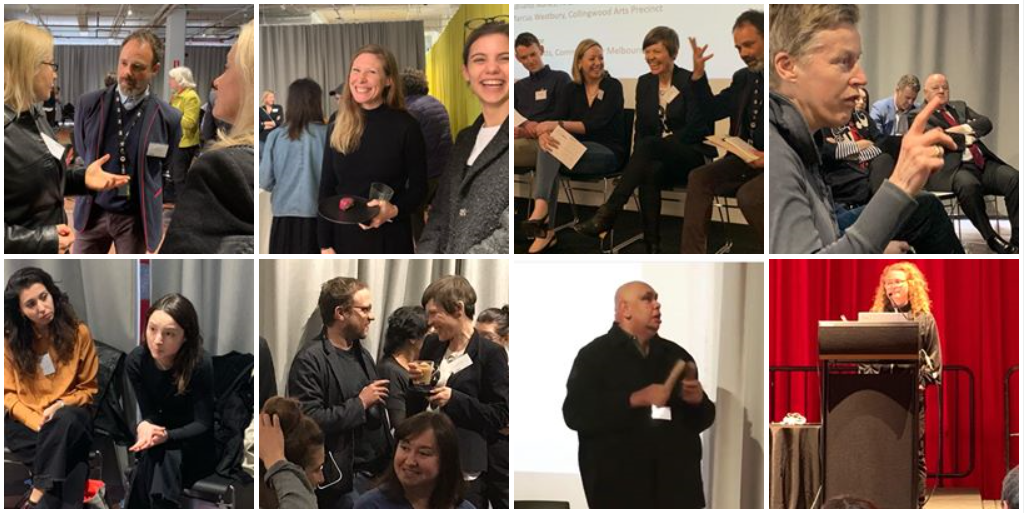
Deepening a Culture of Hosting
As a first principle, hosting in the City of Melbourne must be founded in respectful acknowledgment of the Traditional Owners of the land. In the opening panel, singer and songwriter Kutcha Edwards called in Mutti Mutti language to ask permission of the ancestors of the Boon Wurrung and Wurundjeri peoples of the Kulin Nation to speak and enter sacred ground. Hosting and welcoming visitors to this land requires learning and heeding protocols and customs that meaningfully pay respect to Elders, past and present Residency Projects founder Eugene Howard, who works closely with the Wurundjeri Woi Wurrung Corporation and the Nillumbik Shire Council in the development of the Garambi Baan (Laughing waters) Residency, affirmed the need for the arts and culture sectors to ensure that residency opportunities are meaningful and responsible when welcoming artists to unceded land. As several commentators noted, with the strong tendency for international artists to seek connection with Indigenous communities and histories, questions of how exchange can be meaningful for First Nations communities and artists need to be prioritised. It is also important to consider appropriate orientation for visiting artists, including challenging assumptions around traditional and contemporary First Nations’ artmaking practices.
Miriam La Rosa, who is undertaking doctoral research on cross-cultural artistic residencies, endorsed the untethering of hosting from western concepts and the embrace of Indigenous-led models. She proposed that a residency be conceived as a gift exchange between host and guest, one that is not necessarily material, but oriented towards the building of relationships. Conceiving of a residency as commutative rather than one-directional may require rethinking of the principles and structures that frame and shape an exchange. La Rosa also noted that while residencies are conventionally understood as providing artists space to think, develop, and experiment, some artists may not have an interest in developing new works or skills. They may approach the residency, for example, as a diplomatic act.
Clive Scott, General Manager of the Sofitel, spoke of residencies as potentially offering a moment of self-care and respite for artists. He underscored the opportunity for the hotel industry, which is in the business of hospitality and welcoming, to be more active in supporting artist residencies. The Sofitel artist in residency programme opens the complexity of hotel activity to artists, without pressure to produce creative outcomes. Scott advocated residency structures that challenge artists’ ideas through total immersion in an unfamiliar environment, while promoting cross-pollination of ideas between artist and the host community, including hotel staff and guests.
Phillip Adams, BalletLab, queried the model of residencies as mechanisms for diplomacy, posing the trafficking of artists between institutions as a performance of comfort. He agitated passionately for residencies that promote discomfort, by bringing oppositional artists and communities into creative confrontation within shared space, thus allowing for reflexive learning, and the renewal and recalibration of practices.
Embedding International Artists in Communities
International residencies can be isolating or detached experiences. Mella Jaarsma drew on lessons learned from Cemeti Institute of Art & Society, Yogyakarta, to emphasise the value of engaging a local facilitator to overcome possible language barriers, to connect the resident into local art scene, or to intensify engagement with a research field. Offering a perspective from regional Victoria, Kent Wilson spoke of the need to navigate the sensitivities and potential opportunities of extending trust to local communities to host visiting artists. Treating locals as labour for artistic process must be carefully addressed, but can also open space for extraordinary creative outcomes, and long-lasting relationships and collaborations.
Priya Srinivasan pointed to the colonial erasure from dominant histories of thousands of years of exchange between Australia and Asia. The marginal status of Asian diaspora communities within the Australian arts sector has prompted self-initiated, tactical, informal pathways for collaboration and exchange between Asia and Australia. She provided an example of triangular residencies between villages in Asia, diaspora residents in Australia, and Indigenous communities. This underscores the underappreciated soft power resource of diaspora to embed visiting artists within supportive communities.
Tilla Buden spoke of the artist residency program in Greater Dandenong, the most culturally diverse city in Australia, home to over 2000 asylum seekers. Emphasis has been placed on offering a residency to local artists in an historic government building, however overnight stays are not allowed. The Council has turned to the local community for ideas and resolutions for residency opportunities, what began as ad hoc community consultation has evolved into a monthly meet up in the local theatre. Through organic conversations, artists share ideas, works and opportunities in what Buden described as a “live noticeboard,” from which the council can learn and discover what it can do to support creative practice amongst its residents. This has allowed the council to really reflect the needs of their unique constituency, providing space for local diasporic artists to catalyse discussion around hosting visiting artists from their home countries and cultural contexts. Buden’s positive observations on how councils can best support artists was well aligned with Srinivasan’s comments.
From his work touring sound artists and musicians from Asia, especially China, to Melbourne, Mat Spisbah raised questions around how we define creative communities, and how this can lead to more nuanced models of engagement. Spisbah emphasised the importance of person to person connection in intercultural collaboration and knowledge sharing. There is scope for catalysing or strengthening partnerships between residency providers and local creative studios, which already have the infrastructure and artistic networks to allow impactful cross-fertilization of international and local practices.
Visiting Galecian artist Enar de Dios Rodriguez, who was just completing a residency at RMIT, praised the university setting as a place of residency, which can provide an international artist with facilities, equipment, studios, workshops, professional technical knowledge, and a readymade artistic community where shared interests can be developed. She raised discrete residencies as counter to the development of sustained relationships, but prolonged residencies as difficult to sustain in terms of family, living support, and professional commitments. An alternative model could involve a series of iterative residencies of shorter duration, spread over time.
While questioning the framing of residencies as magic puddings for cultural production, urban transformation and soft diplomacy, Eugene Howard also promoted nurturing the potency of residency opportunities by cultivating strong connections to place through revisitation and long-term engagement: “We’re interested in a symbiotic relationship between the artist, place adn communities, particularly through nurturing philosophies of return, enabling a more complex and nuanced engagement if, say, an artist knows they will return in one, two or even three years’ time.”
Creating Spaces
Howard called on Creative Victoria to play a greater role in supporting arts organisations and projects to rejuvenate dis-used assets outside of metropolitan centres. He advocated for new forms of non-permanent residency spaces, for example, attached to major infrastructure projects might create opportunities for embedding artistic practice into projects from their inception.
Marcus Westbury, who has driven the development of the Collingwood Arts Precinct, presented the CAP approach to the reclamation of city spaces for artists’ use, which he conceives as a transferrable model. CAP will function as a multi-use space for diverse arts tenants, with paying tenants subsidising not-for-profit entities. Westbury noted the challenge of finding and making creative spaces when policy makers actively remove and ignore the need for cultural spaces in the pursuit of profit-driven development. He advocated for systemic change at the state government level.
Adriano Nunes brought attention to the Creative Spaces website, which operates as a clearing house for local artists looking for places to lease for studios or performance venues. The website lists over 160 spaces of varying availability and cost. He also pointed to the Arts Infrastructure Framework as setting out the future development of infrastructure for the creative sector in the city. Although Arts Melbourne does not incorporate in residencies within the current program, Sophie Travers underscored the role they played in hosting international artists for AsiaTOPA and working to connect those artists locally.
Noting the rapid growth in Melbourne, audience questions were raised around why artist spaces suitable for residency use are not proliferating, and how the provision of residency spaces could be raised with developers and planners, who are required to assign a percentage of space in new buildings for community use under the contribution scheme. Nunes encouraged submitting a proposal to the Creative Spaces team to detail the needs, as a request is required to make space available.
Within the hotel industry, there are opportunities to expand and diversify artist residency offerings. In 2018, 1– 5-star hotels in Melbourne had approximately 85% occupancy, pointing to significant opportunity to release underutilised space for artist residencies. Given the market share of e-accommodation services Airbnb and Booking.com, there is scope to propose sponsorship of a programme of artist residencies across diverse accommodations in Melbourne, as a means to return social benefits to the community.
Next Steps
There is an urgent need to foster continued cross-sectoral cooperation to examine current and imminent potential for international residency space, as well as infrastructure opportunities and zoning barriers. A range of challenges and considerations for increased hosting capabilities in Greater Melbourne were identified that will require further dialogue and co-ordinated action.
For example, how can small organisations be supported by state government and local councils to administer high quality residencies, given soft infrastructure barriers, such as high administration and insurance costs, and a lack of access to cultural capability training or resources? How can arts organisations be assisted to navigate hard infrastructure challenges around building usage codes and safe accessibility? How can a level of cultural competency and safety for artists and hosts be assured? How can home stay offerings and voluntary hosting be appreciated and valued, while acknowledging that professional artists may have specific needs for privacy and flexible living and working space?
As well as a need to follow up on the varied proposals raised during the discussions, including coordinating a request to Creative Spaces to suit international artist residencies, and approaching online accommodation providers for residency support, strong demand was expressed for an online resource. A dedicated web portal for international artist residencies could profile current visiting residents, and also assist in matching the needs of visiting artists with organisations who offer studio facilities or accommodation.
Asialink Arts, Res Artis and the Committee for Melbourne have committed to pursue these next steps, and to deepen collaboration with individuals and organisations towards cooperative action. The Committee for Melbourne’s submission to the Creative State consultation included mention of the Symposium and advocacy for greater residency infrastructure in Melbourne.
The Symposium on Hosting in Greater Melbourne is the first step in a nationwide audit of barriers to hosting international, cross-cultural residencies, a strand of action that will benefit artists and arts organisations across Australia who have identified closer Asian engagement as an urgent priority.
Asialink Arts, Res Artis and the Committee for Melbourne are committed to translating these discussion points into action. If you have any contacts, ideas or thoughts please contact us at arts@asialink.unimelb.edu.au
About the Partners
Committee for Melbourne is an apolitical, not-for-profit, member-based organisation that brings together over 150 organisations from Greater Melbourne's business, academic and community sectors who have a passion for shaping Melbourne as a leading global city in the world's fastest-growing region, the Asia-Pacific.
Res Artis is a 26-year old network of arts residency centres from around the globe, comprising over 700 vetted members in over 85 countries. Res Artis operates from three international offices: the Netherlands, Australia and Iran. Res Artis supports and connect residencies, develops and expand residency networks, advocates for the importance of residencies in today’s society, and provides recommendations towards cultural mobility research and policy.
Asialink Arts works as a cultural enabler, capacity builder, and conduit to the Indo-Pacific region for Australian artists and institutions, leveraging a legacy of three decades of practical experience, cross-sector relationships, and trusted connections throughout the region. In 2019, Asialink Arts has been critically examining our impact, and refocussing our ambition and capacity to meet the demands of a rapidly changing region and diverse arts sector. Asialink Arts’ new facilitation model is responsive, agile, and dynamic, shepherding introductions, growing connections, fostering institutional partnerships, connecting artists and arts institutions to opportunities, and creating platforms for exchange. Our new strategies include a shift from outbound residencies towards mutual exchange and partnerships based on reciprocity. We will also proactively analyse barriers to engagement, and convene forums that bring cross-sectoral stakeholders together to identify practical, cooperative action to address barriers. Through our services, we are committed to measurably enhancing the agency of Australian artists and institutions to achieve their respective priorities for engagement with Asia.
Dekat-Dekat Jauh (So Close Yet So Far): A Conversation Series

Asialink Arts and Santy Saptari Art Consulting present Dekat-Dekat Jauh (So Close Yet So Far), a conversation series about Indonesia-Australia relations in visual arts. Through the lens of visual arts the program aimed to ask, ‘what can the arts do to build understanding and trust between nations?’
Leading artists, representatives from public and private Australian and Indonesian art institutions, art collectors and gallerists explored how deeper connections and opportunities might be fostered.
1. Artists Insights: Exhibit, Exchange, Co-Create
The first conversation brought together prominent Indonesian and Australian artists to share their respective experiences in Indonesia and Australia – exploring the professional, social and cultural contexts. The session touched on the value of artistic exchange and residency programs, as well as the experience as a member of a diaspora community, exploring notions of identity and using various cultural references as a form of expression.
Caitlin Hughes recaps the first session dedicated to artists’ insights – and reflects on the conversation’s key themes of accessibility, place, and opportunity. Read Here.
Peripheries, encounters, and entry points:
Artists share perspectives on cross-cultural experiences in Australia and Indonesia.
Speakers: Abdul-Rahman Abdullah, Febie Babyrose (Tromarama), Jumaadi, and Tintin Wulia.
Moderated by Bala Starr – Director, La Trobe Art Institute.
2. Scaffolding the Indonesian and Australian Visual Arts Sectors: The Role of Institutions and The Structure of Advocacy
The second conversation invited speakers who are involved in advocacy, governance and delivery of institutional programs that support cross-cultural understanding. They discussed how, in their respective positions, they are advocating for increased support including policy change, development of strategic partnerships, the role of education and the importance of engaging the public.
Caitlin Hughes recaps the second session and asks how we can foster more inclusive and dynamic ways of working in the arts. Read Here.
Speakers: Kate Ryan, Marcus Schutenko, Sally Smart, and Farah Wardani.
Moderated by Pippa Dickson – Director, Asialink Arts; and Santy Saptari – Principal Consultant, Santy Saptari Art Consulting.
3. Private Platforms and The Art Market: Collecting, Connecting and Commissioning
The third conversation explored the critical role of private collectors and commercial organisations in promoting exchange and collaboration between Indonesia and Australia. The discussion unpicked the motivations, incentives and experiences of operating in this commercial context including the value of relationships with artists and difference between making public and keeping private.
Caitlin Hughes recaps the third session and asks what are the motivations that underpin the private arts sectors in Australia and Indonesia, how are they similar and different, and how are key players using their platforms to promote advocacy, exchange, and connections? Read Here.
Speakers: Konfir Kabo, Margaret Moore, Erastus Radjimin, and Tom Tandio.
Moderated by Pippa Dickson – Director, Asialink Arts; and Santy Saptari – Principal Consultant, Santy Saptari Art Consulting.
4. Relationship Building: New Ways Forward in The Visual Arts Sectors of Indonesia and Australia
The last conversation discussed the recent trajectory in the Indonesian and Australian arts and cultural relationship and imagined future strategies and actions to strengthen ties and enhance mutual understanding.
Caitlin Hughes recaps the final session and asks what role can the arts, the media, and education fields play in developing closer links between Indonesia and Australia? How can we find new ways to tell stories about each other? And what could the relationship look like as we find new ways forward? Read Here.
Speakers: Penny Burtt, Hikmat Darmawan, Elena Williams, Chloé Wolifson, and Taufiqurrahman.
Moderated by Pippa Dickson – Director, Asialink Arts; and Santy Saptari – Principal Consultant, Santy Saptari Art Consulting.
Dekat-Dekat Jauh (So Close Yet So Far) has been supported by the Visual Arts and Craft Strategy, an initiative of the Australian, State and Territory Governments and by the Australian Government through the Australia Council, and the Victorian Government through Creative Victoria.

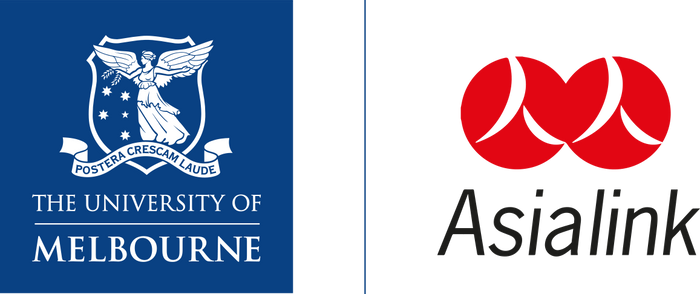
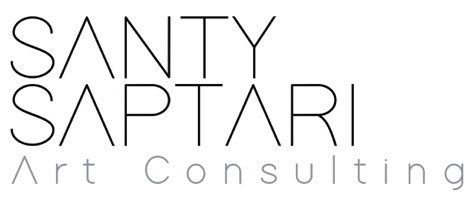
Artlands Panel: Cultural Heritage – Regional Identity and Collective Memory

As part of our Regional // Regional initiative, Asialink Arts has developed this panel session to present at Artlands, the Regional Arts Australia national conference. The intent of the discussion is to share insights and consider adapted approaches to the sharing of cultural heritage.
Cultural Heritage: Regional Identity and Collective Memory
The discussion will explore how artistic and cultural expressions enable the sharing, protection and cultivation of cultural heritage. Conversations surrounding cultural sensitivity, cultural ownership and social responsibilities will shed light on approaches to authentic connections to community, history and collective memories are fostered. Challenges and transformations inspired by such responsible and authentic connection will also be covered to understand the relationship between cultural heritage, identity and memory in practice.
The panel invites speakers Kim Hak (Cambodian photography artist), Pip Kelly (Australian filmmaker, curator and Asialink alumni) and Mikaela Jade (Caborgal woman, Founder and CEO of Indigital), moderated by Dr Pippa Dickson (Director of Asialink Arts).
The session wraps up by questioning tensions that arise if aspects of heritage and cultural expression only serve the interests of a particular segment of the community or when it is seen as exploitative and or at risk of being misappropriated.
 Kim Hak, Portrait of Nov Oeub, "Alive" Chapter II, Australia, 2015
Kim Hak, Portrait of Nov Oeub, "Alive" Chapter II, Australia, 2015
Artlands
As Australia’s largest regional arts gathering for over two decades, Artlands is a strategic exchange that responds to emerging trends, discovers new ideas, considers adapted approaches and showcases artists as well as highlighting the creative and cultural sector across regional, rural and remote Australia.
In 2021, Artlands focuses on ‘The Space Between’, sparking conversations about practice through the intersection of people and place. The program explores contextual links between people, place and practice and considers a narrative of art as social change and emphasises the importance of cultural identity.
More on the Artlands speakers
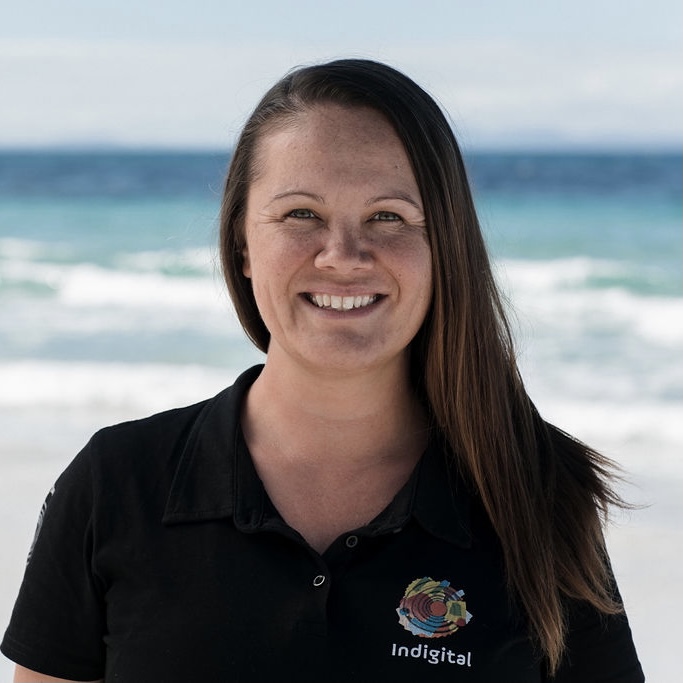
Mikaela Jade is a Cabrogal Woman from the Dharug-speaking Nations of Sydney. She started her technology journey in 2012 with an idea that would help shape our nation – augmented and mixed reality production, and later, digital skills programs to leapfrog First Peoples’ into the Fourth Industrial Revolution. To drive this idea forward, Mikaela created Indigital in 2014.
On the journey so far she has partnered with several remote Aboriginal and Torres Strait Islander communities, Microsoft Australia and Telstra Purple to scale Indigital’s work nationally. Indigital’s flagship program is Indigital Schools. Indigital Schools is an Indigenous designed digital skills training program for primary and high schools students. It enables Indigenous and non-Indigenous kids to connect with and learn from Elders about cultural knowledge, history and language, while learning digital skills in cutting-edge technologies like augmented reality, animation and coding.
As Australia’s first Indigenous edutech company Indigital’s mission is to close the digital divide between Indigenous and non-Indigenous peoples, by providing a meaningful pathway for Indigenous people into the digital economy and the creation of future technologies. She achieves this by ensuring Indigenous Peoples’ have access to developing cutting edge, safe, ethical, affordable, quality digital engagement that is appropriate to their social, cultural, environmental and economic needs.

Pip Kelly is a Western Australian curator, filmmaker and creative producer. Her award-winning films and exhibitions focus on history, truth-telling, photography and transformation. Pip is an Asialink arts management residency alumni who initiated Jorng Jam (to remember), a collaborative contemporary art project and historical exhibition series which remembers, reclaims and reinterprets Cambodian social history from before, during and after the Khmer Rouge era. Jorng Jam features the work of four Cambodian artists: Neang Kavich, Neak Sophal, Kong Vollak and Kim Hak and the rare historical photographs and objects of Cambodian and Australian families who survived Pol Pot's Democratic Kampuchea.
www.jorngjam.com | www.pipkelly.com.au

Kim Hak was born two years after the fall of the Khmer Rouge regime in 1981 and he grew up listening to his parent’s memories of that time. Now, he uses his art practice to raise awareness of this country’s past – to remember, reclaim and reinterpret Cambodian social history from before, during and after the Khmer Rouge era.
Hak’s work has explored a number of themes related to the cultural fabric of Cambodia, including survivor stories, the funeral of King Sihanouk, architectural documentation and also the wider changing landscape of his homeland. From January through March 2020 Hak spent time in Japan thanks to a Japan Foundation grant working on a new chapter. He collaborated with Cambodian immigrants, mainly residents of Kanagawa and Saitama, to create 40 new photographic works that form the fourth chapter of his ‘Alive’ series.
Hak has exhibited extensively throughout Asia, Oceania, Europe, Canada and the United States of America. His work has featured internationally at art and photography festivals and has been published in a number of prominent photography journals.
Tickets for both online and in-person sessions are available on: Artlands 2021
Asialink Arts × Cementa21 Virtual: Foreground // Foresight

On Friday October 15, Asialink Arts will present two events for Cementa’s Spirit of '21. Foreground // Foresight introduces key arts leaders from Japan to discuss arts and culture led community-engaged placemaking and regional renewal. The program aligns and reinforces Cementa’s commitment to promoting arts and cultural led regeneration in Kandos and the Mid-Western region of NSW. These sessions aim to explore future collaborations and possibilities in Kandos’s regional community, inspiring international conversations through a local lens and leading to an actionable future agenda.
Fram Kitagawa, founder of Art Front, and the world renowned Setouchi and Echigo Tsumari Triennials will open with a keynote presentation to introduce and inspire possibilities of arts led regional regeneration. Following this there will be a panel discussion with three esteemed speakers from Japan and Australia, Teiko Hinuma, Norikazu Sato and Andrew Burns who will explore from their persepctives the ingredients to successful community led activation and regeneration in regional locations.
Keynote Presentation – Fram Kitagawa: Vision and Arts Leadership in Regional Development
Date: Friday, 15 Oct 2021
Time: 12.00pm AEDT
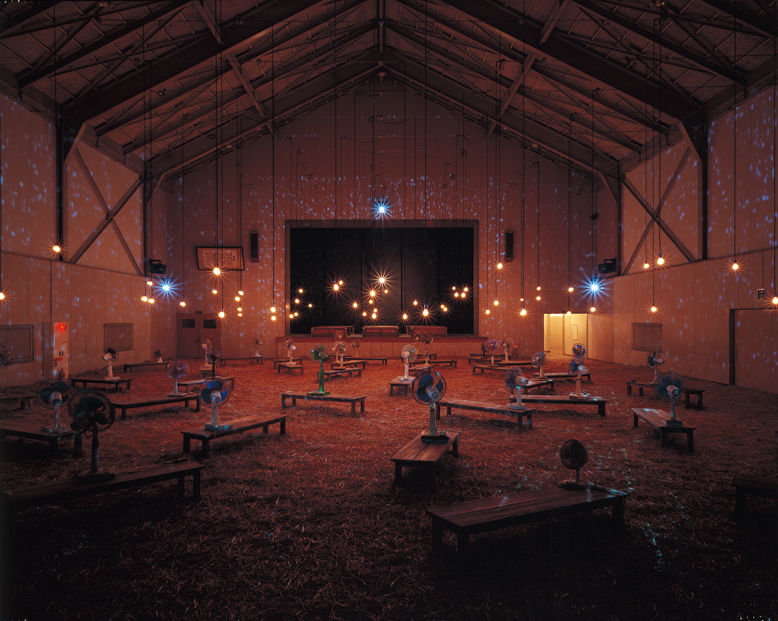
Arts-led regional regeneration projects in Japan have a successful history in contributing to the region’s economic, social, and environmental renewal through art and cultural tourism. We have invited Fram Kitagawa, the esteemed director of influential projects responsible for large-scale rejuvenation in regional and rural Japan to share with us the rationale and impact of his work. The session will look both back and forward to assess the change that arts led regional development can manifest.
Register here.
Panel Discussion – From the Ground Up: Community Catalysts
Date: Friday, 15 Oct 2021
Time: 1.00pm AEDT

This panel moderated by Dr Pippa Dickson, Director of Asialink Arts, brings together leaders from Japanese arts-led regional regeneration projects to explore the trajectories and the social and cultural impacts of community-engaged placemaking. Teiko Hinuma, Norikazu Sato and Andrew Burns, will be invited to explore how the arts and architecture are crucial to expressing local identity. Through an exploration of their respective projects the panel will examine the importance of understanding communities and working with local identities in developing and maximising stakeholder engagement leading to long term activation of place and sustainability.
Register here.
Foreground // Foresight is presented by Asialink Arts and Cementa and supported by the Australian Government through the Australia-Japan Foundation @ausjapanfoundation of the Department of Foreign Affairs and Trade.

More on the speakers:
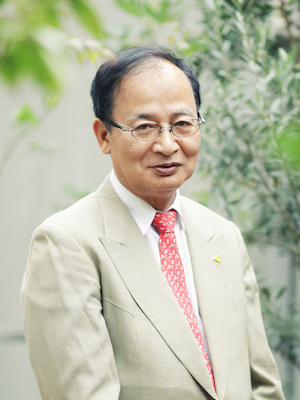
Fram Kitagawa (北川フラム) is the Chairman of Art Front Gallery and Director of the Echigo-Tsumari Art Triennale. Born in Niigata Prefecture in 1946. Following his graduation from Tokyo University of the Arts, he organised various exhibitions that introduced to Japan works of art that at the time were not well known. He has been responsible for a wide range of art projects such as the Antoni Gaudi exhibition that traveled to 13 Japanese cities in 1978-1979 and the Apartheid Non! International Art Festival, originally organized as Art Against Apartheid by UNESCO, that was shown at 194 venues throughout Japan in 1988-1990.
Kitagawa has received high praise for his involvement in activities related to community development, such as his lead role in the planning of the Faret Tachikawa Art Project and the cultural activities he oversaw at the Daikanyama Hillside Terrace.
He has served as the general director of the Echigo-Tsumari Art Triennale since 2000, and has made a major contribution to the development of the region through art. He has also served as the general director of the Setouchi Triennale the Northern Alps Art Festival, the Oku-Noto Triennale and Ichihara Art Mix, Boso Satoyama International Art Festival.
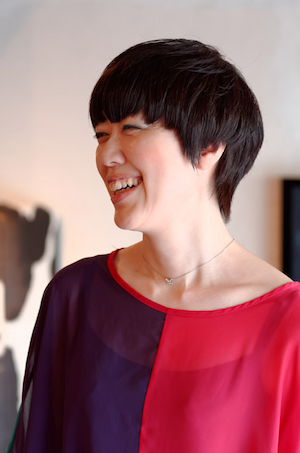
Teiko Hinuma (日沼禎子) is the Program Director of the Kesen Artist in Residence Program (formerly known as Rikuzentakata AIR), a Professor of Art Produce and Museum Studies at Joshibi University of Art and Design, and a board member of AIR Network Japan. Previously, she worked for gallery management planning companies and art magazines as an editor.
In 1999, she was involved in the foundation of Aomori Contemporary Arts Centre. Until 2011, she served as a curator there, planning many exhibitions, projects, and residencies for artists. She has also served as the Program Director for the civilian artists support group ARTizan (Aomori), a project director of the Saitama Triennnale 2016 and art director of UBE Tokiwa Museum.
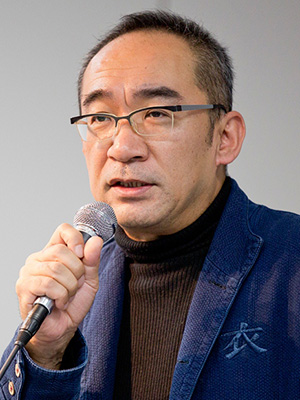
Norikazu Sato (佐東範一), Executive Director, NPO Japan Contemporary Dance Network, joined Butoh company Byakkosha in 1980 as both a dancer and company manager until it was dissolved in 1994. He studied arts management at the Dance Theater Workshop in New York in 1996. He then founded a non-profit organization, the Japan Contemporary Dance Network (JCDN) in Kyoto in 2001. JCDN organises Odori Ni Ikuze!! ("We are gonna go Dancing!!", a national tour project) affiliated with performance venues across Japan from 2000, including Asian tours.
JCDN has promoted Community Dance activities since 2008, and JCDN International Dance In Residence Exchange Project between Finland, Korea, U.S., Australia, Hong Kong since 2011. Sanriku-International Arts Festival is held annually by JCDN in Tohoku, a disaster area severely damaged by the Great East Japan Earthquake and tsunami since 2014. Now JCDN attempts to start New Dance Project in Japan and overseas, including exchange programs with international organisations. They have received the Japan Foundation's Prize for Global Citizenship in 2006 and Kyoto City Arts Promotion Prize in 2015.
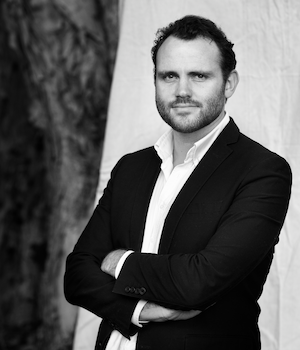
Andrew Burns graduated from the University of Sydney in 2004. Since establishment in 2008, his practice has undertaken residential, cultural, community and public projects. The practice’s approach seeks to combine social engagement with design excellence, and is characterised by precise geometry and material exploration.
In 2011, the practice received first prize in the Australia House design competition for the Echigo-Tsumari Art Triennale in Japan, selected by Tadao Ando from an international field of 154 entries.
In 2012, the practice was awarded first prize in an invited competition to transform a forgotten pocket at Gibbon's Rent into London's newest park and selected for the inaugural Fugitive Structures project at Sherman Contemporary Art Foundation, since installed permanently at Heide Museum of Modern Art, Melbourne.
In 2013 Andrew was a finalist for the Australian Pavilion at the Venice Biennale and received the RAIA National Emerging Architect Prize. In 2014, the practice was shortlisted for the Green Square Aquatic Centre project and received the Jorn Utzon Award for International Architecture for Australia House.
Recently, the practice has received the significant commissions of a new café in Hyde Park Sydney, Cranbrook School’s rural campus in the Wolgan Valley, a series of remote projects in National Parks throughout Australia and a number of large scale multi-residential, education and hotel projects.